First off, I wish to thank all Macfilos readers for their interest in The M Files project. I was delighted to read all the polite and knowledgeable comments, including further questions and an enjoyment of the shared experience. As a small extra, I decided to give you a quick overview of the lenses I used. And I want to share advice on a few particularly recommendable M-Mount lenses. This also answers some of the questions I was asked several times.

All in all, so far, I have used 15 lenses for the The M Files project, and most of them are wide-angle or standard lenses. I cannot say an awful lot about non-Leica M mount telephoto lenses. I know there are quite a few more than the ones I’ve used, but my interest is and will be more focused on shorter lenses. I want to emphasise once more that I do not claim to have scientifically tested the lenses, so I do not speak about reviews in the narrower sense. But I think I do have something to say about the lenses in practical use, and that is what they were made for, weren’t they? And – my claim is “recommendable M-Mount lenses”. Not: best. Or: lenses that you should buy.
The really wide angle lenses
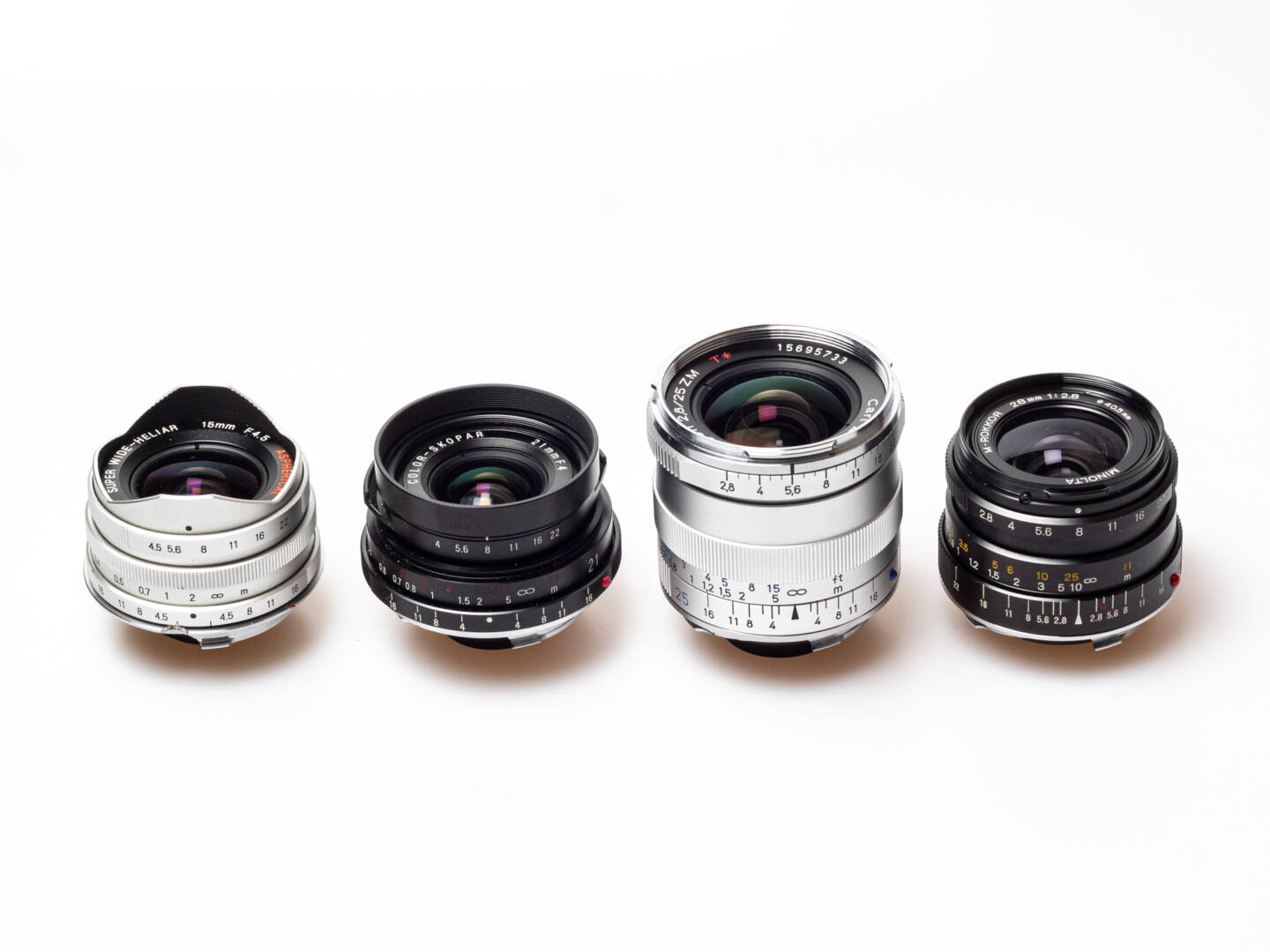
For The M Files, I used the Voigtländer Super-Heliar 15/4.5, Voigtländer Color Skopar 21/4, the Zeiss Biogon 25/2.8 and the Minolta M-Rokkor 28/2.8 quite intensively. These are the four really wide lenses that are featured in my articles. Additionally, I had briefer encounters with Leica’s Super-Angulon 21/3.4 and Elmarit 21/2.8 ASPH. In the past, I also used the Zeiss ZM 18/4 and the Zeiss ZM 21/2.8. The 18 was not fully convincing on my then digital bodies (M 262 and Alpha 7), but reports from M10 users are encouraging. The Zeiss 21/2.8 I swapped for the excellent Super-Elmar 21/3.4. I now had the chance to use this lovely lens once more, and I started to regret selling it.
The slightly-wider-than-normal lenses
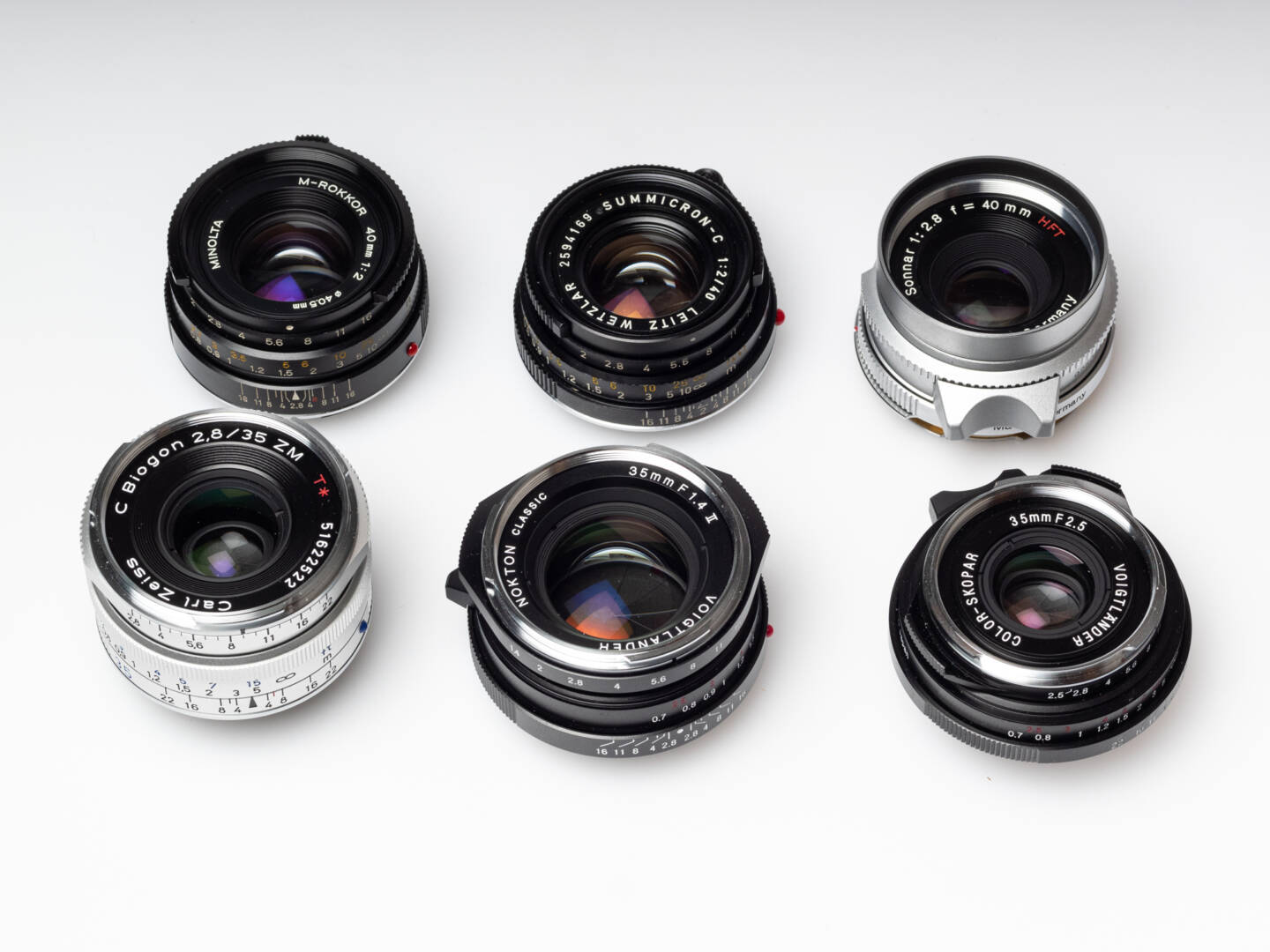
You might have noticed that 35 mm is my favourite focal length. If I were allowed to take only one lens to the proverbial desert island, it would have to be a thirty-five. That is, unless I intended to take lots of portraits of cocoanuts when something a bit longer might come in useful.
In The M Files, no fewer than three lenses with the wonderful ca 63-degree angle of view were used. These are the Voigtländer Color Skopar 35/2.5 (a pancake lens); the Voigtländer Nokton II MC 35/1.4 (version II, multi-coated); and the Zeiss Biogon 35/2.8. I add here the three 40 mm lenses (Leica Summicron-C 40/2; Minolta M-Rokkor 40/2; Rollei Sonnar 40/2.8). They are at least as versatile with their slightly narrower 56-degree angle of view. Unfortunately, most rangefinder cameras do not directly support 40s (you need an external viewfinder or, with a digital camera, you use live view workarounds).
The standard lenses
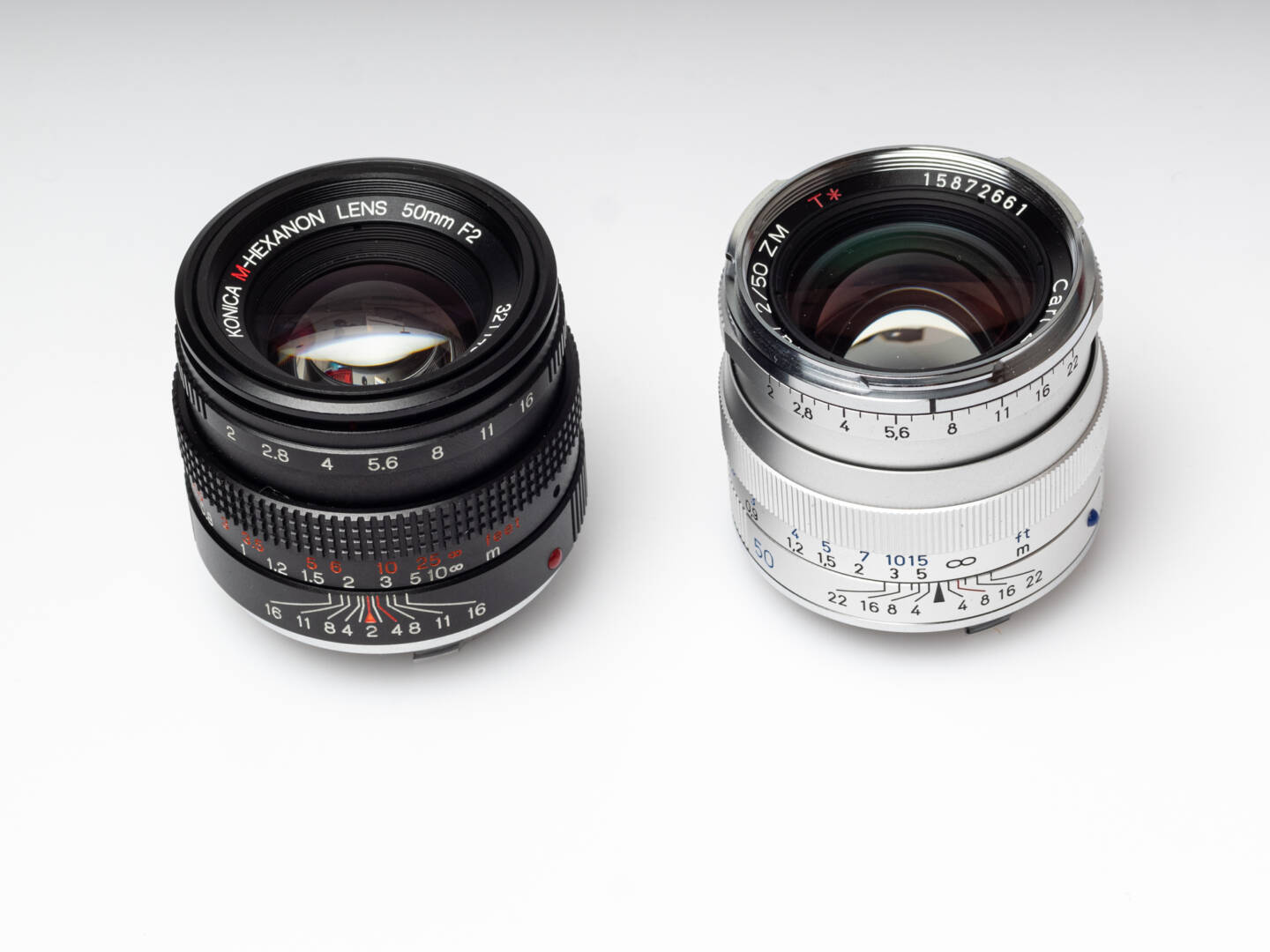
Even though my preference is for 35 mm, I also seriously advocate the 50 mm focal length. It is still my best teacher in photography because it forces me to focus on something and to concentrate my work on a rather small part of the whole reality around me. I am convinced that you get lenses that incorporate all the expertise gathered by engineers and photographers over more than 100 years.
The 50/2 has been a classic for decades, and it appears here in two manifestations. For The M Files, I worked with Konica’s M-Hexanon 50/2 and Zeiss’s Planar 50/2. Unfortunately, I have not yet had the opportunity to shoot the new Voigtländer Apo Lanthar 50/2 and the much-discussed Zeiss Sonnar 50/1.5 to round off my knowledge on recommendable M-Mount lenses.
The telephoto lenses
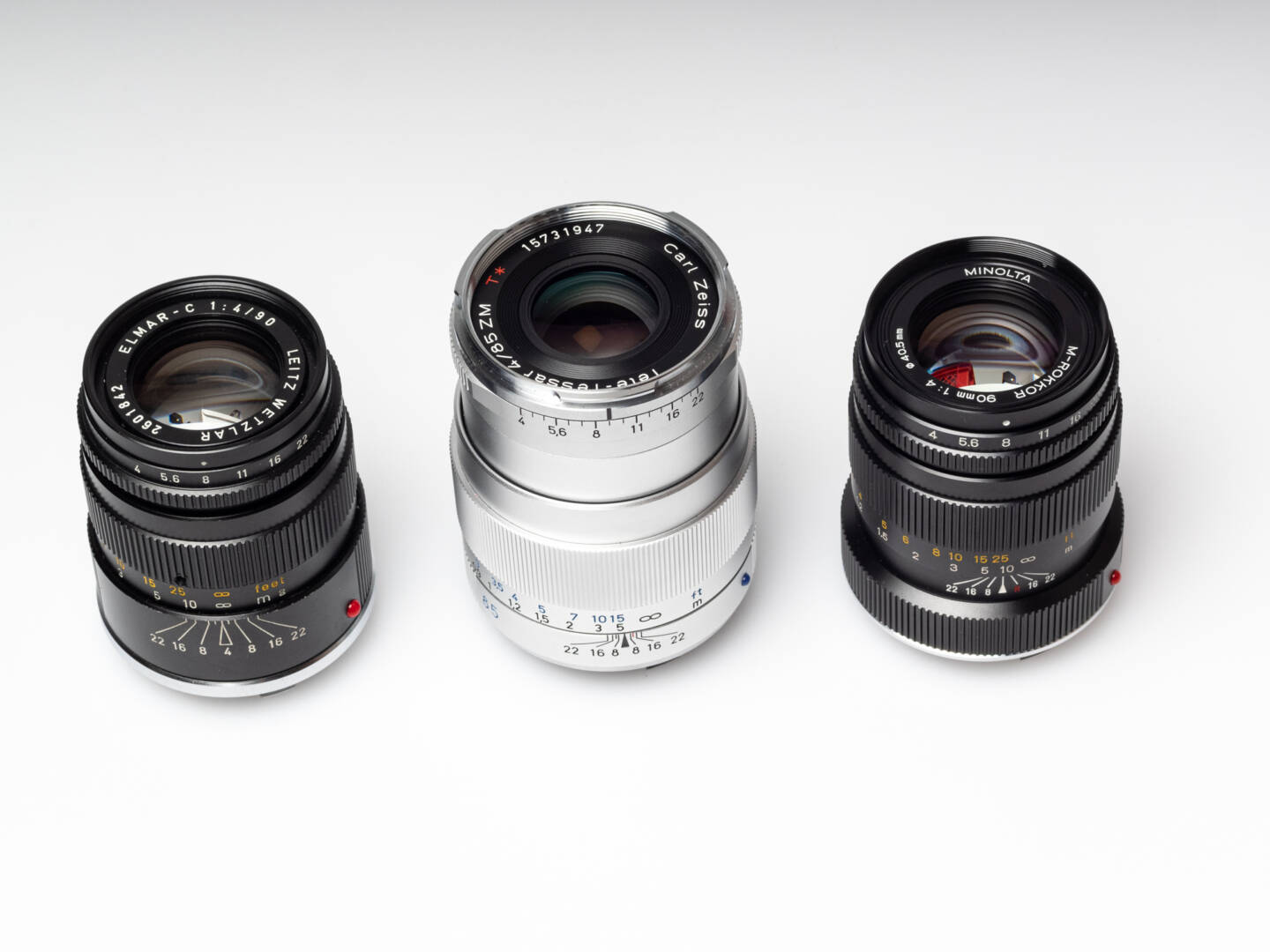
To be honest, I am not a great fan of telephoto lenses on rangefinder cameras. As a result, I cannot claim to be an expert. Some time ago, I wrote about Leica’s Summarit range and came to the conclusion that the 75 is great, if you want to call this a tele. In the 90-mm focal length, my 90 Elmarit serves me very well. For The M Files, I worked with three different telephoto lenses: Leica C-Elmar 90/4 (quite extensively), Minolta M-Rokkor 90/4, and Zeiss Tele-Tessar 85/4 (sporadically). None of them is really fast, and I included them more out of curiosity. I know that Voigtländer also offers a 75/1.5 that is supposed to be similar to the legendary 75 Summilux. But I I’ve had no opportunity yet to use it myself.
After one year of research: Just some ideas on recommendable M-Mount lenses
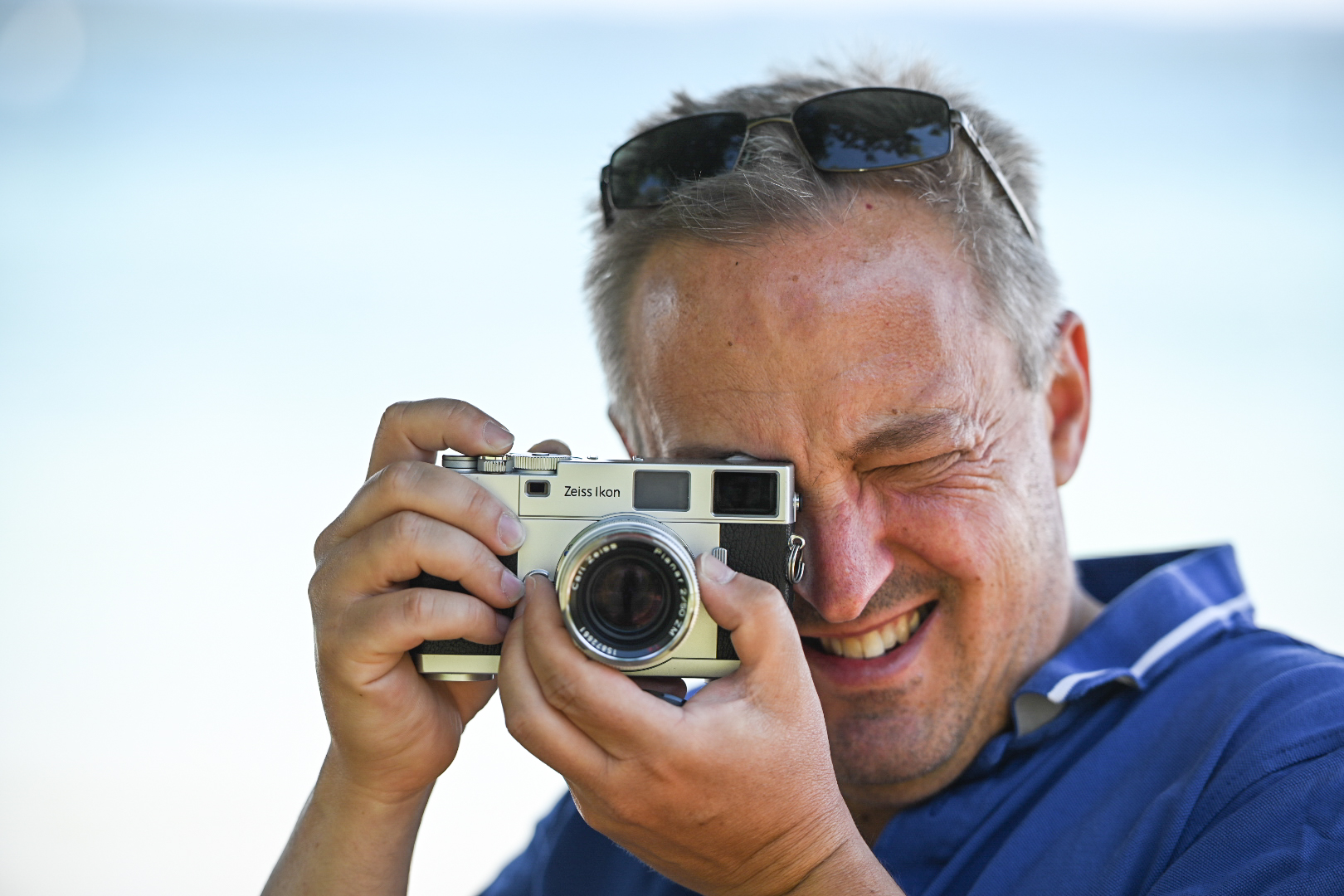
I have worked on The M Files project throughout 2020 and well into 2021. So I have some justification in claiming that I can now make informed judgements about the lenses I used in real-life conditions. Following, I present my top five. It is important to bear in mind, however, that I have selected neither “the best” lenses (that would be pretentious) nor “my favourite” lenses (that would be subjective). I have simply chosen five lenses that I consider to be particularly recommendable to a larger audience in which necessarily various needs and interests are represented. That#s how I selected my particularly recommendable M-Mount lenses.
And one more proviso: I am covering lenses from the traditional manufacturers such as Minolta, Zeiss and Voigtländer here. I have not used any 7Artisans or TT Artisan or Iberit or Laowa lens. The main reason for this is that I have to keep The M Files project manageable in every respect. However, in the case of some manufacturers, I can’t help feeling that they are lavish with intellectual property, not to say that they seem to sell more-or-less plagiarised products.
Recommendable M-Mount lenses, number 5: Carl Zeiss C-Biogon T 2,8/35 ZM
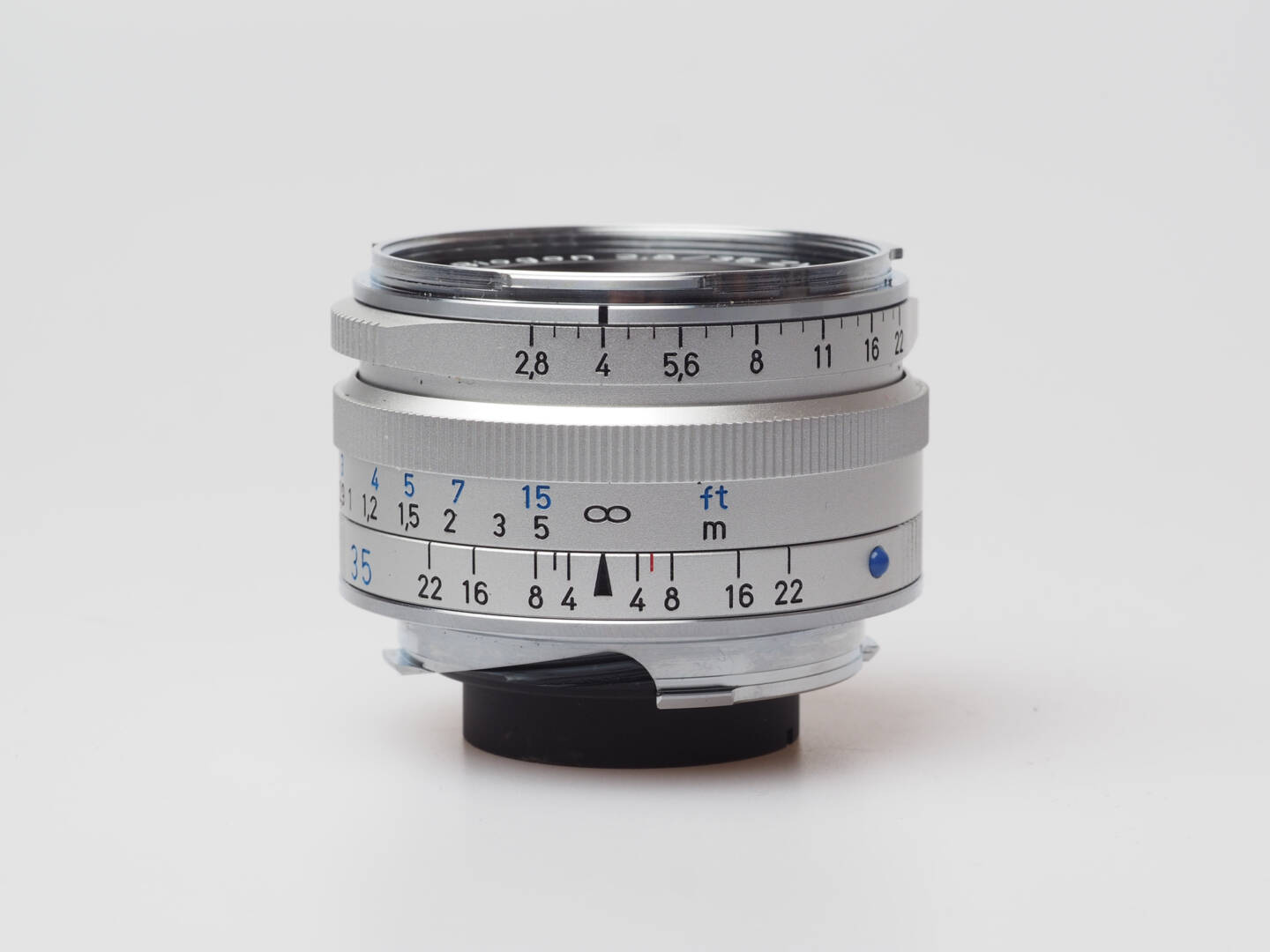
What makes this lens recommendable? The Zeiss Biogon ZM 35/2.8 is a stunning lens when used on film cameras or Leica monochrome digital bodies. From wide open, it offers excellent sharpness right into the corners, almost breath-taking contrast and exemplary resolution. Stopping down adds depth of view but no visible improvement otherwise. Thanks to its excellent formula, it can deliver images with real 3D pop. In addition, it is small and lightweight and of very good build quality. Flare is very well controlled. Ergonomics are great, there is next to no finder obstruction.
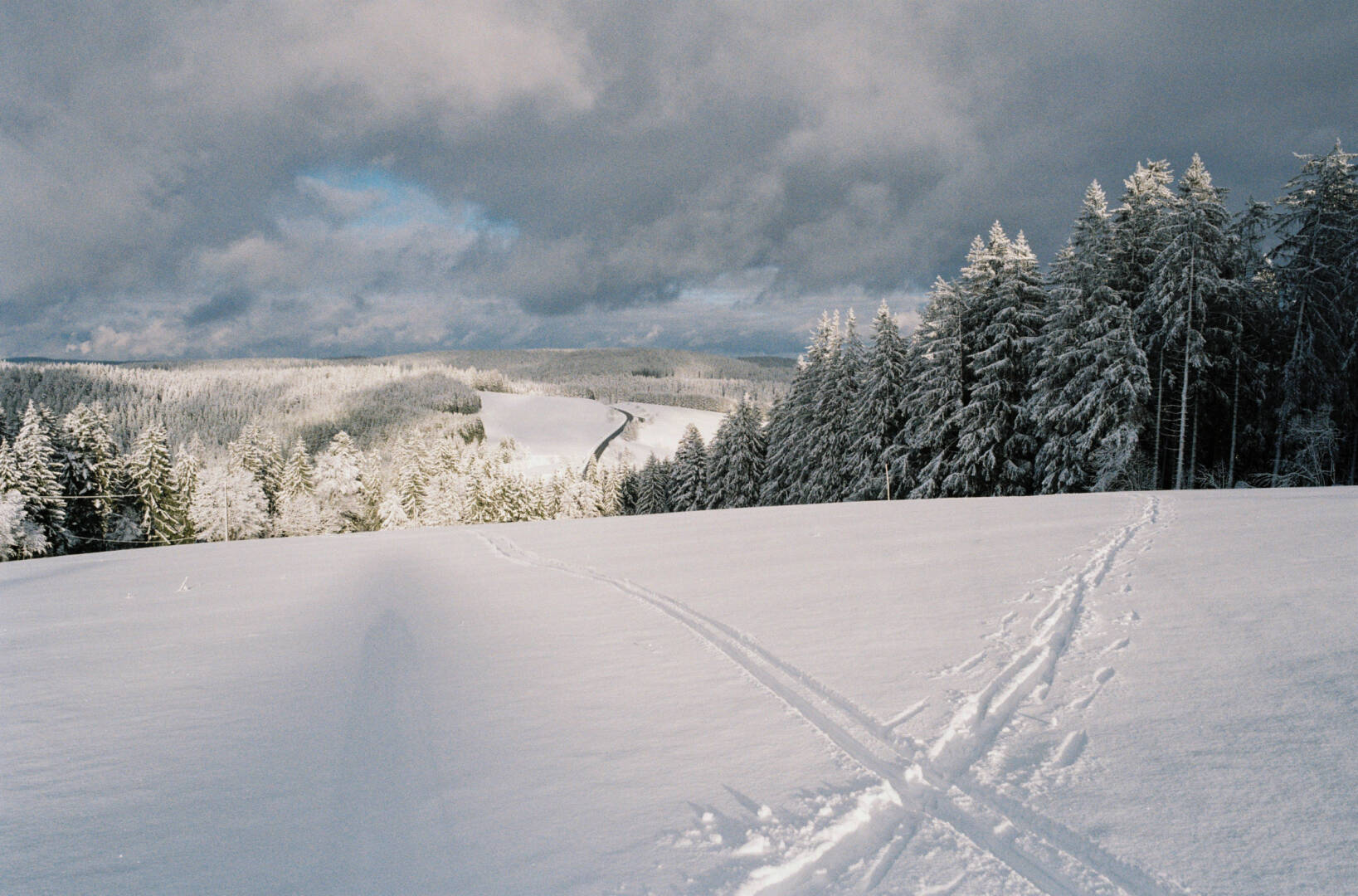
What are the weak points? The Zeiss 35/2.8 would have deserved one of the absolute top positions in this list were it not for some problems in digital use. Depending on camera and lighting situation, you are likely to catch red colour-cast towards the margins of your image. As a rule of thumb, I would say that the problem is bigger on older digital M cameras, and you can experiment with correction profiles. Lightroom’s flat-field plugin should also solve the problem (on which Sean Reid provides very helpful advice on his excellent subscription-only website), but not everybody wishes to invest so much time in post-processing.
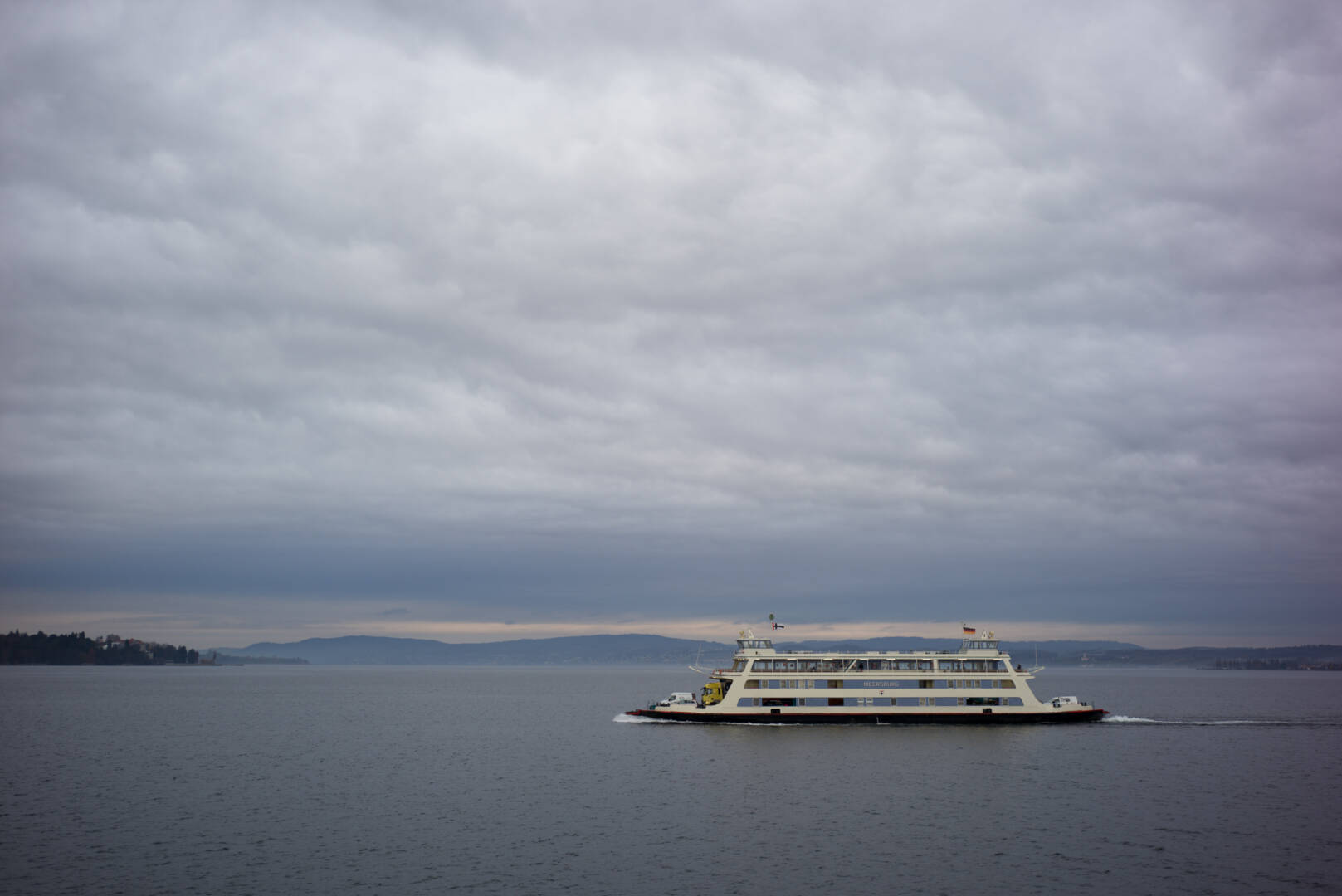
What should I know before buying? The lens comes without the bayonet-mount hood which has a hefty price when you want to add it. A much cheaper 43-mm screw-in aftermarket hood might serve the purpose as well. Zeiss lenses are said to be prone to showing focus wobble; that means that the mechanics of the focussing group get loose. Check that before you buy second hand. If the 35/2.8 will be your only lens with the rather unusual 43 mm filter mount be prepared to invest in some filters if you need them for wide-open or black and white photography.
What are the alternatives? The Zeiss Biogon 35/2.8 is available new as of writing this article (spring 2021). The same manufacturer offers a faster Biogon 35/2 about which I can say nothing. Voigtländer has the very small pancake 35/2.5 which is less complicated in digital use but clearly behind the Zeiss 35/2.8 in overall optical performance. A pre-owned Leica Summarit 35 is always a good recommendation but even a heavily used copy might cost more than the Zeiss lens new.
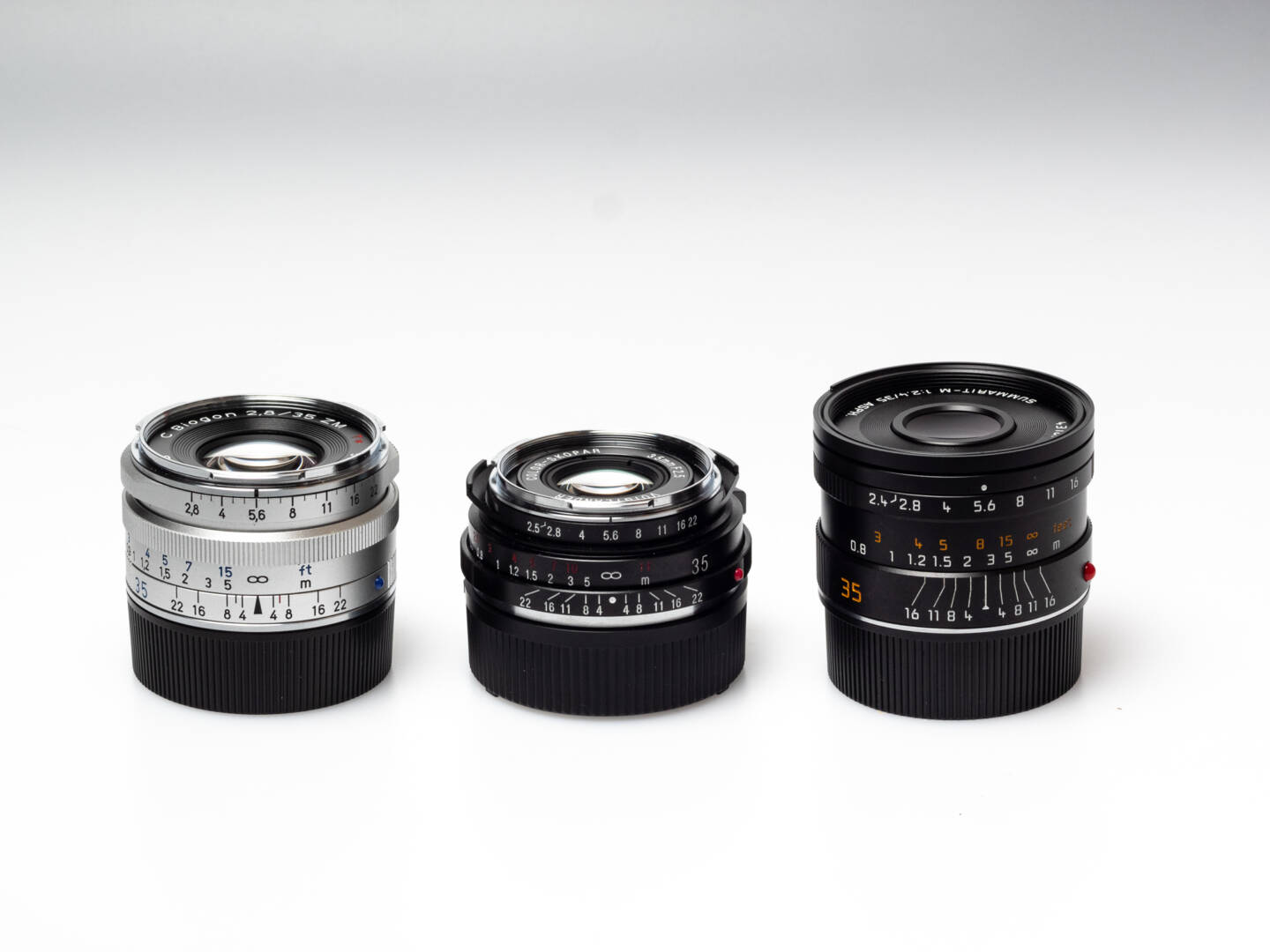
Recommendable M-Mount lenses, number 4: Minolta M-Rokkor 28mm 1:2.8
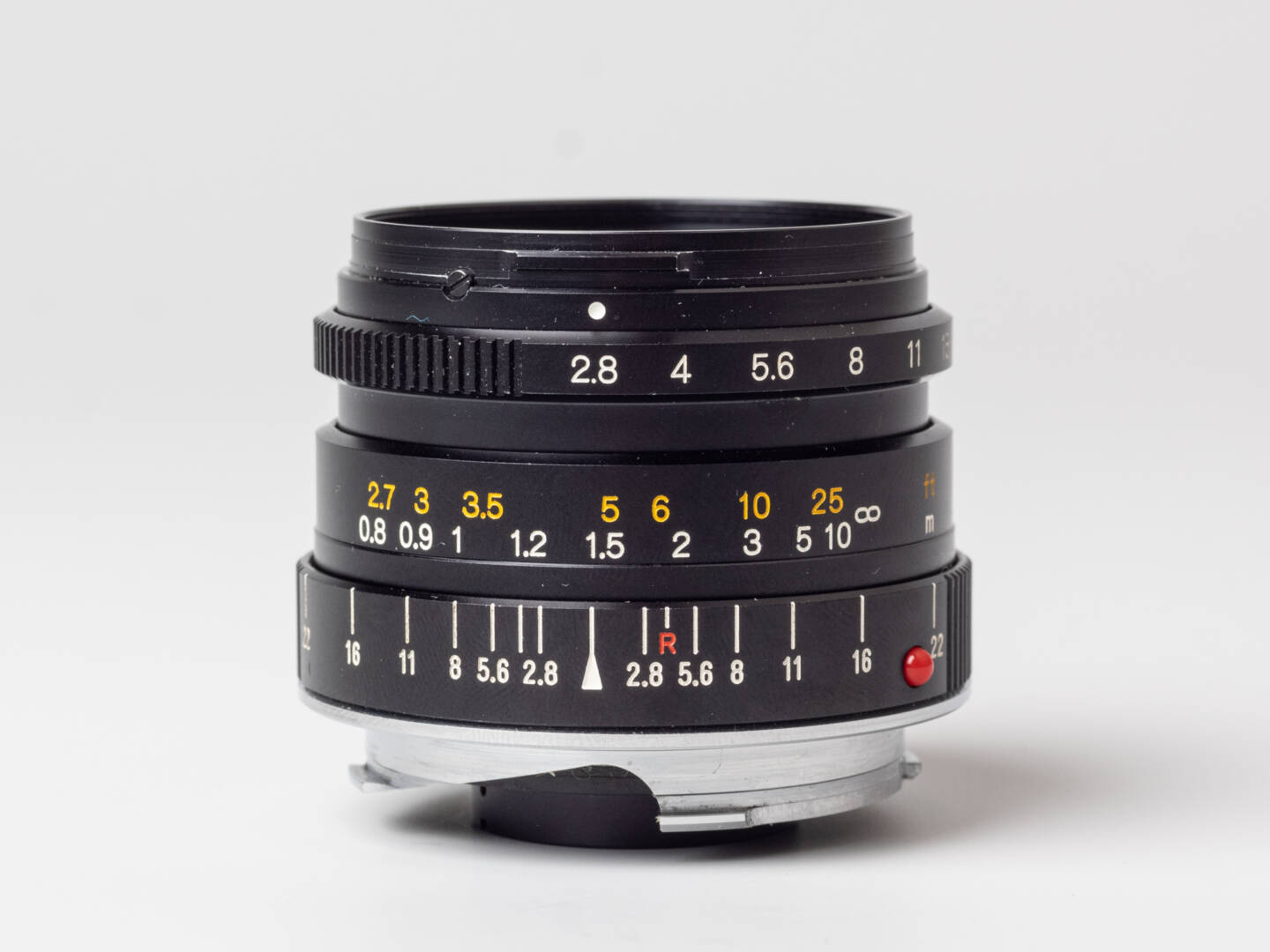
What makes this lens recommendable? The M-Rokkor 28/2.8 is a very small and lightweight wide-angle lens that can be used with most rangefinder cameras without needing an additional external viewfinder. Its fastest aperture of f/2.8 is enough in digital use, and even with a 400 ISO film you will have lots of opportunities if you have a halfway steady hand (the short focal length and the rangefinder concept with few moving parts will also help). The M-Rokkor is optically good, with nice sharpness if stopped down a little, and beautiful contrast. For me, there are no limitations in use on digital cameras, especially no nasty purple areas towards the margins.
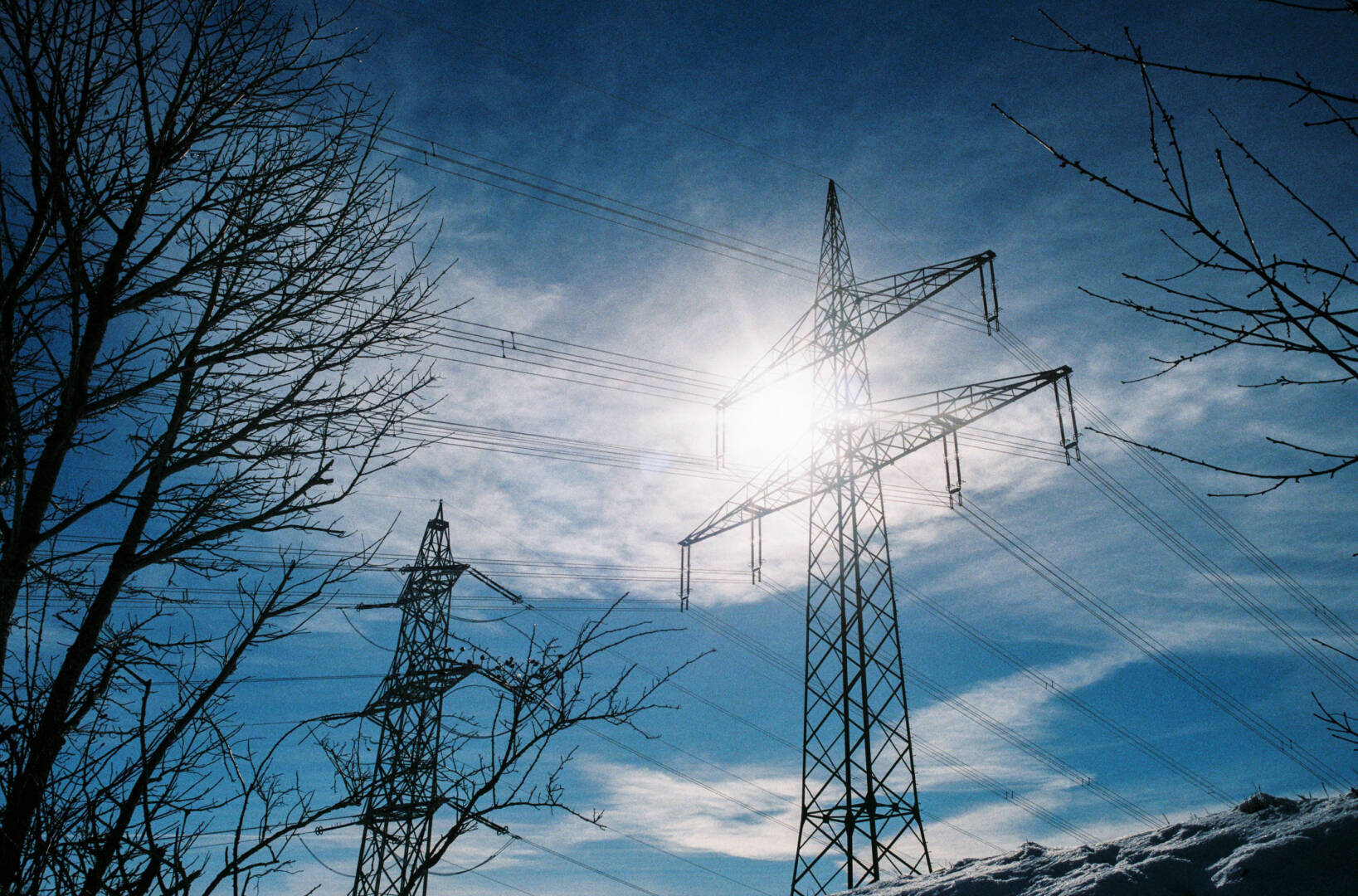
What are the weak points? Many copies of the M-Rokkor 28 suffer from the white spot disease. If affected, the inner surfaces of the front lens group show failures. If the effect is clearly visible, image quality is likely to be affected. Repairing is difficult to impossible because Minolta does not exist anymore. Modern lenses that cost several times as much show better performance, especially on digital cameras, thanks to ASPHerical lenses and (in the case of Leica lenses) in-camera-correction algorithms.
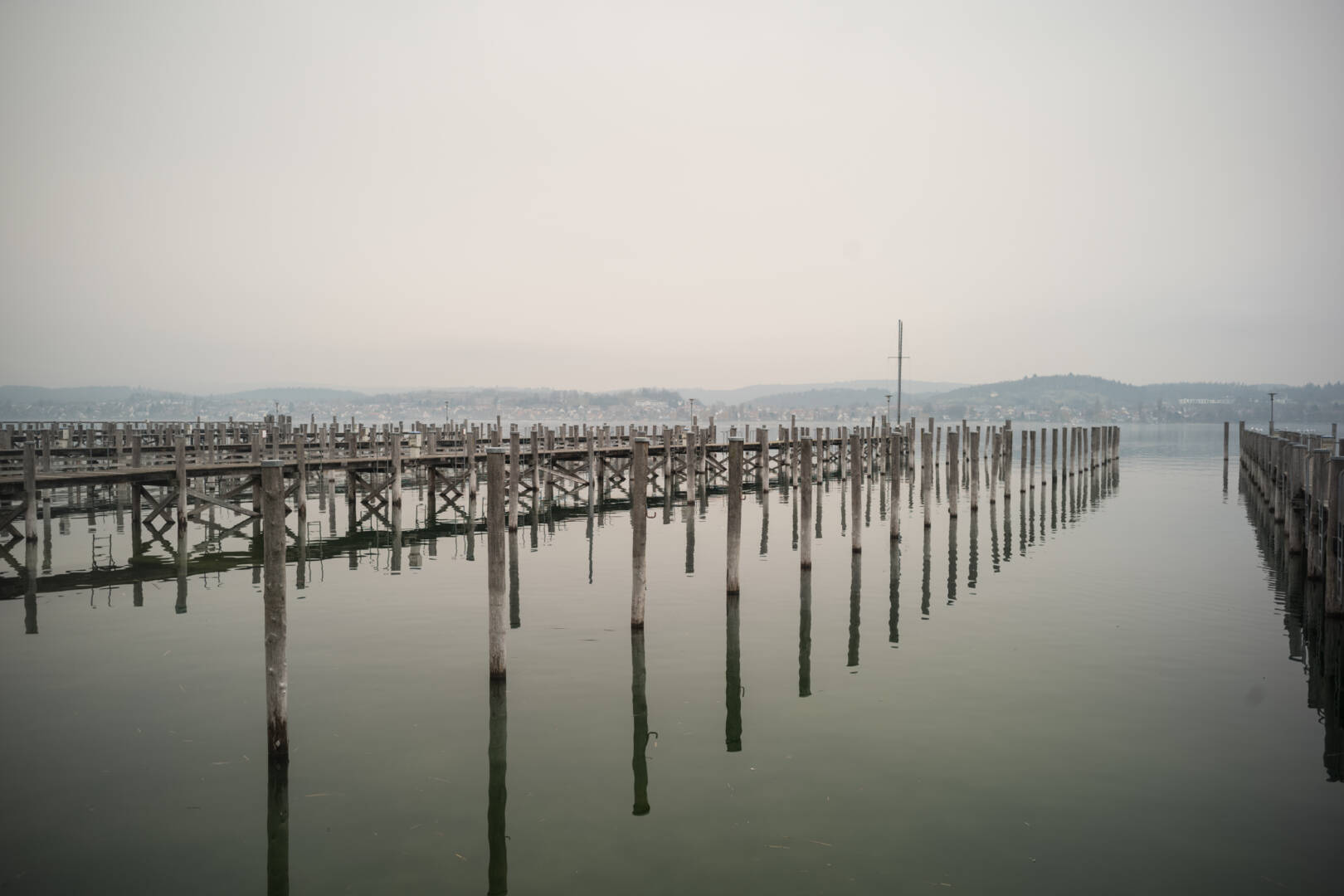
What should I know before buying? Beware of the white spot issue. Good 28 mm M-Rokkors are not easy to find. Many come from Japan, and you might have to pay import tax. The original lens hood is very nice with its bayonet mount, but any 40.5 mm screw-in wide-angle hood made from metal or rubber might do as well. Speaking of a 40.5 mm thread: You will need exotic filters for this lens; this is certainly a drawback if you do not also own the other M-Rokkors with the same thread.
What are the alternatives? Despite being so useful with most rangefinder bodies, the supply of third-party 28 mm lenses for M mount is somewhat limited. A 28/2.8 was in the Konica Hexar line-up, and it seems to be a very good lens (but not easy to find). Voigtländer has the 28/2 Ultron, and Zeiss offers the 28/2.8 Biogon. Both are available new as of writing this article, but I have never worked with any of them. Or you look for an original Leica M 28/2.8 of whatever vintage. However, the pre-ASPHerical versions are significantly bigger than the petite M-Rokkor.

Recommendable M-Mount lenses, number 3: Carl Zeiss Biogon T 2,8/25 ZM
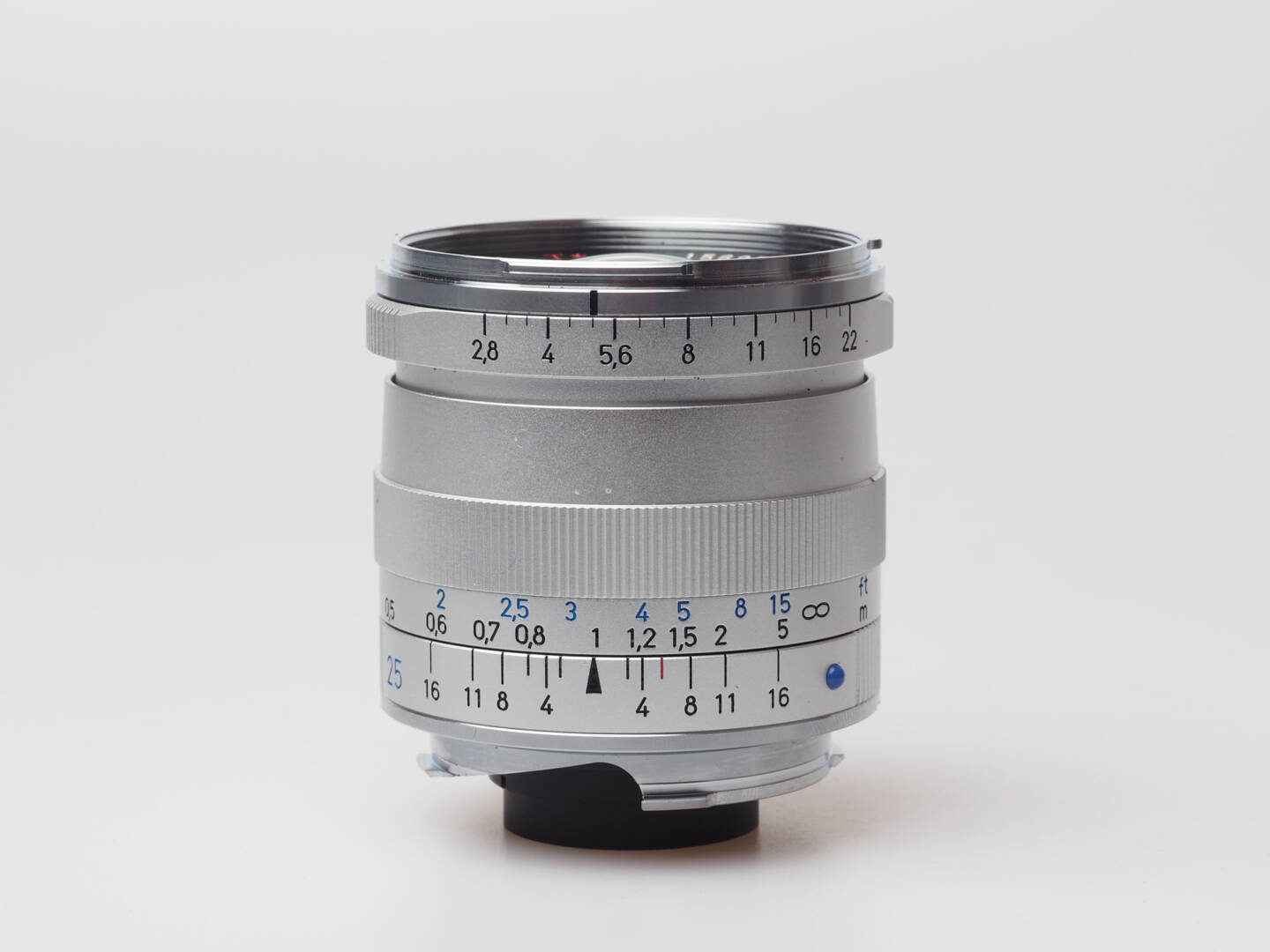
What makes this lens recommendable? The Zeiss Biogon 25/2.8 might sound a bit exotic due to its unusual focal length, but it is in reality more or less a 24, which has always been a popular focal length for SLR users. The Biogon has excellent sharpness and remarkable resistance to flare. It is great for all kinds of photography, especially if you are shooting landscapes with difficult lighting situations. This lens has very little distortion, so it will also be a good choice for architecture. Resolution is far beyond the limitations of 24 MP sensors and might also be enough for 47 MP cameras. Zeiss itself claims it is one of the highest-resolution lenses they have ever made.
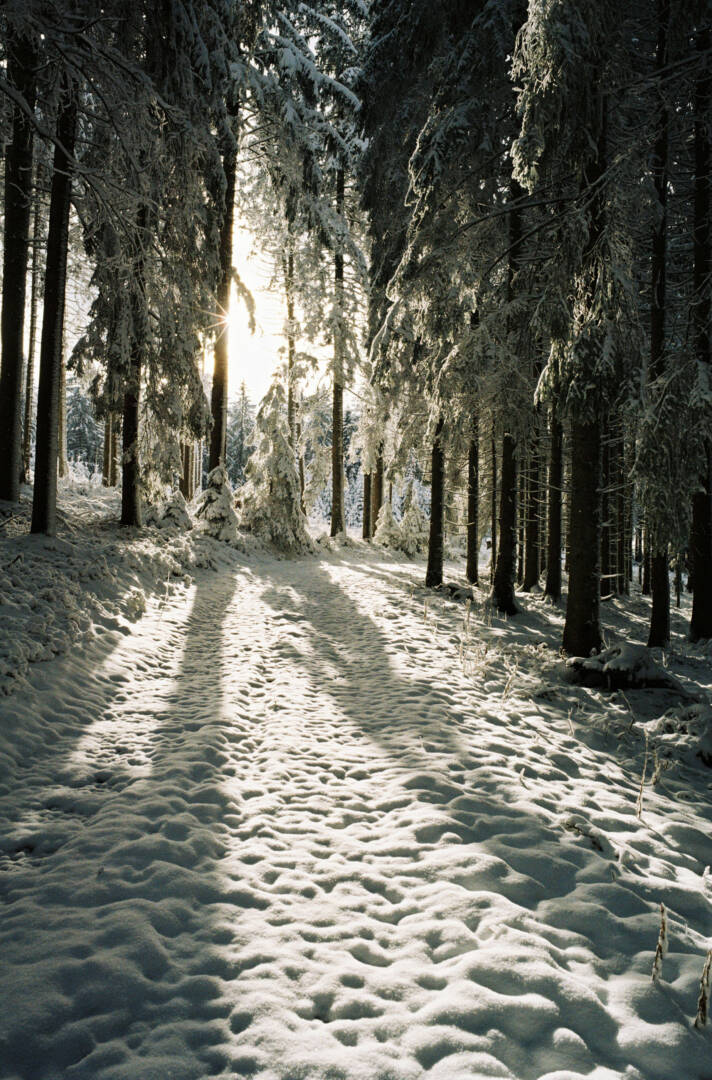
What are the weak points? Optically, the only drawback I found was slightly limited off-axis sharpness when used on older digital Leica bodies such as the M262 or the first SL. But this only occurs wide open. Faint red colour-cast towards the margins might sporadically occur, depending on the lighting situation. Framing is not precise if you (instead of using an external finder) work with the full finder of a Leica M6 or a digital body. But if you wander with your eye from corner to corner, you can at least get a good idea of your frame.
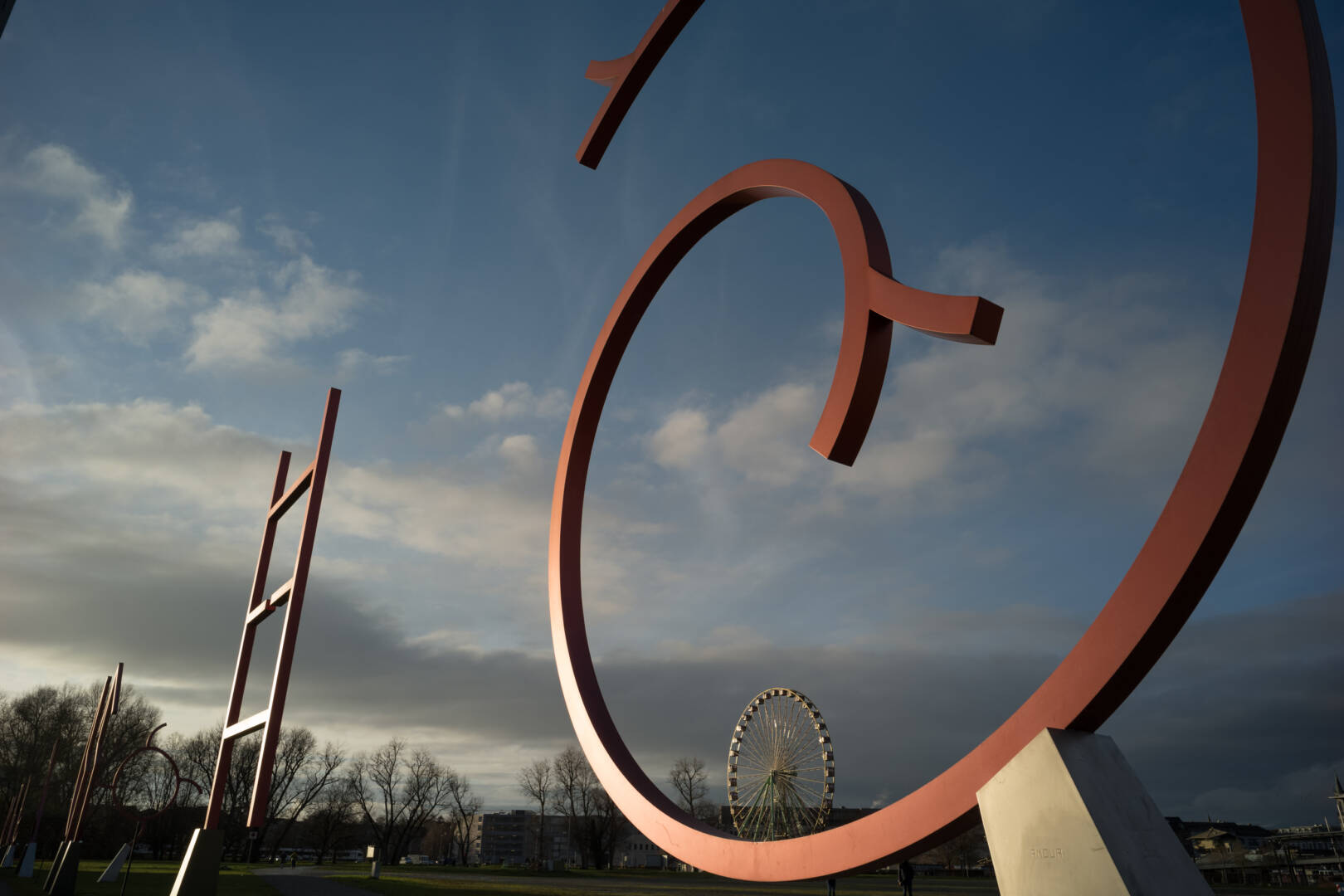
What should I know before buying? In my experience, the mechanical quality of Zeiss lenses is good. But check for a well-aligned focusing ring when buying this lens second hand. For super-correct framing, you will need a proper 25 mm external finder. There are two original lens hoods you can use; both are mounted with a bayonet. The one is round and works for Zeiss’s ZM 25/2.8 and 28/2.8, the other one is squared and fits also both 21s from Zeiss. The protective effect of the squared hood is limited. Filter size 46 fits neatly into a Leica outfit.
What are the alternatives? It is the lack of comparable third party lenses that makes the ZM 25/2.8 even more outstanding. The 24/25 focal length, despite being extremely popular for SLR setups, never really caught on for rangefinder systems. Probably it sits rather uneasily between the 28, which is still manageable with the camera’s own rangefinder, and the really-wide 21 where you get a more spectacular image for the hassle you have with an external viewfinder. There are older Voigtländer 25s, or you go for the Leica Elmarit-M 24/2.8 or Elmar-M 24/3.8. Both are discontinued, and for either of them, you might have to fork out considerably more than for a brand new Zeiss 25/2.8.
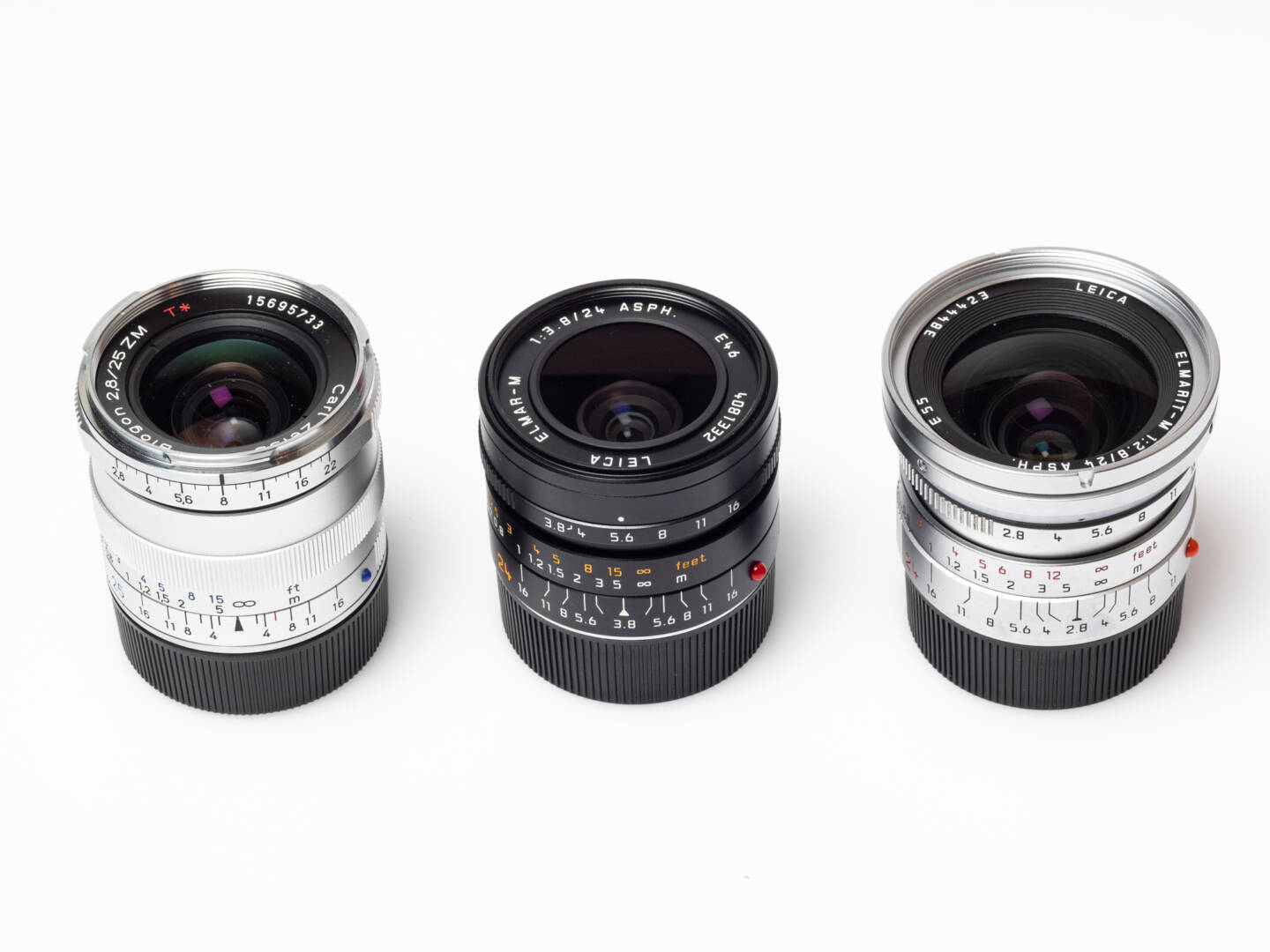
Recommendable M-Mount lenses, number 2: Voigtländer Nokton Classic 35mm F1.4 II MC

What makes this lens recommendable? Generally speaking, I am convinced that no rangefinder photographer should be without a fast 35. It is the most versatile lens you can possibly own: It works indoors and outdoors, for landscape and cities, for environmental portraits and for reportage style photography. Voigtländer’s Nokton Classic 35/1.4 II has good optical performance (it is creating a dreamy look wide open but it is sharp stopped down), sufficient flare resistance and acceptable distortion. All this comes in a very small package (no finder blockage) and at a very moderate price. Quality of manufacture is really good. Even if this lens is not perfect, it will be difficult to get better value for money when it comes to 35 mm rangefinder lenses. And: This lens has a unique signature!
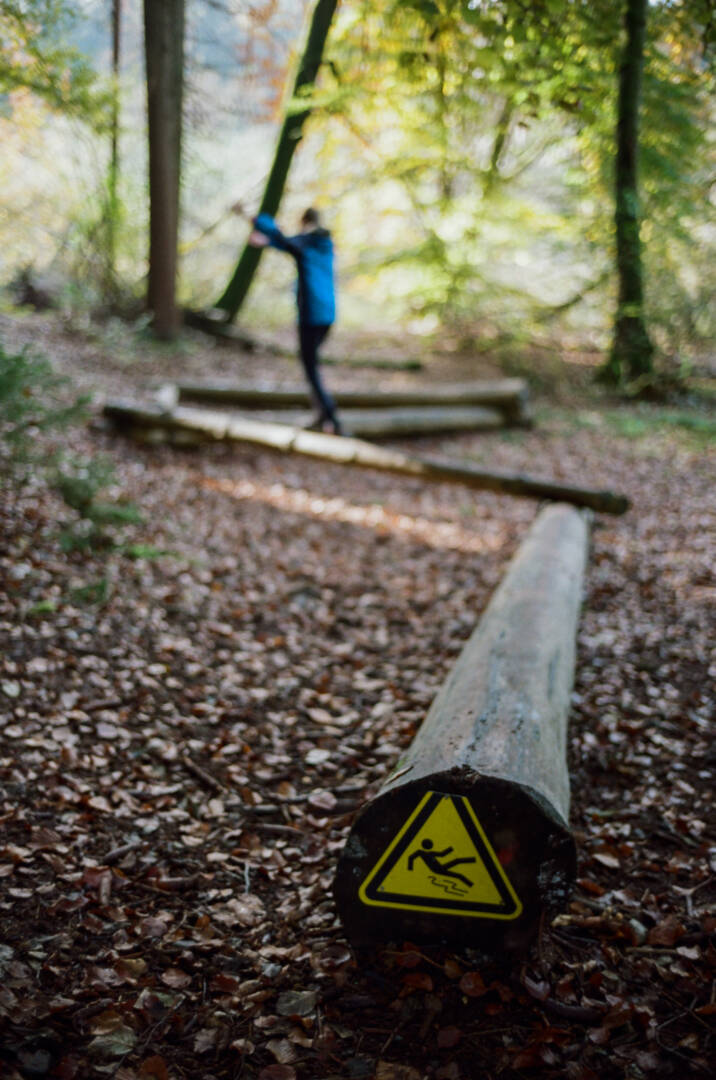
What are the weak points? Speaking of a unique signature, you might strongly dislike the way this lens renders. There is some visible swirl in the unsharp areas, and specular lights in the background create a bokeh that might be considered as harsh. Wide-open sharpness is just okay in the centre and not really good off-axis. Despite it having been updated with a new optical formula to Version II, this is not a modern, perfect lens.
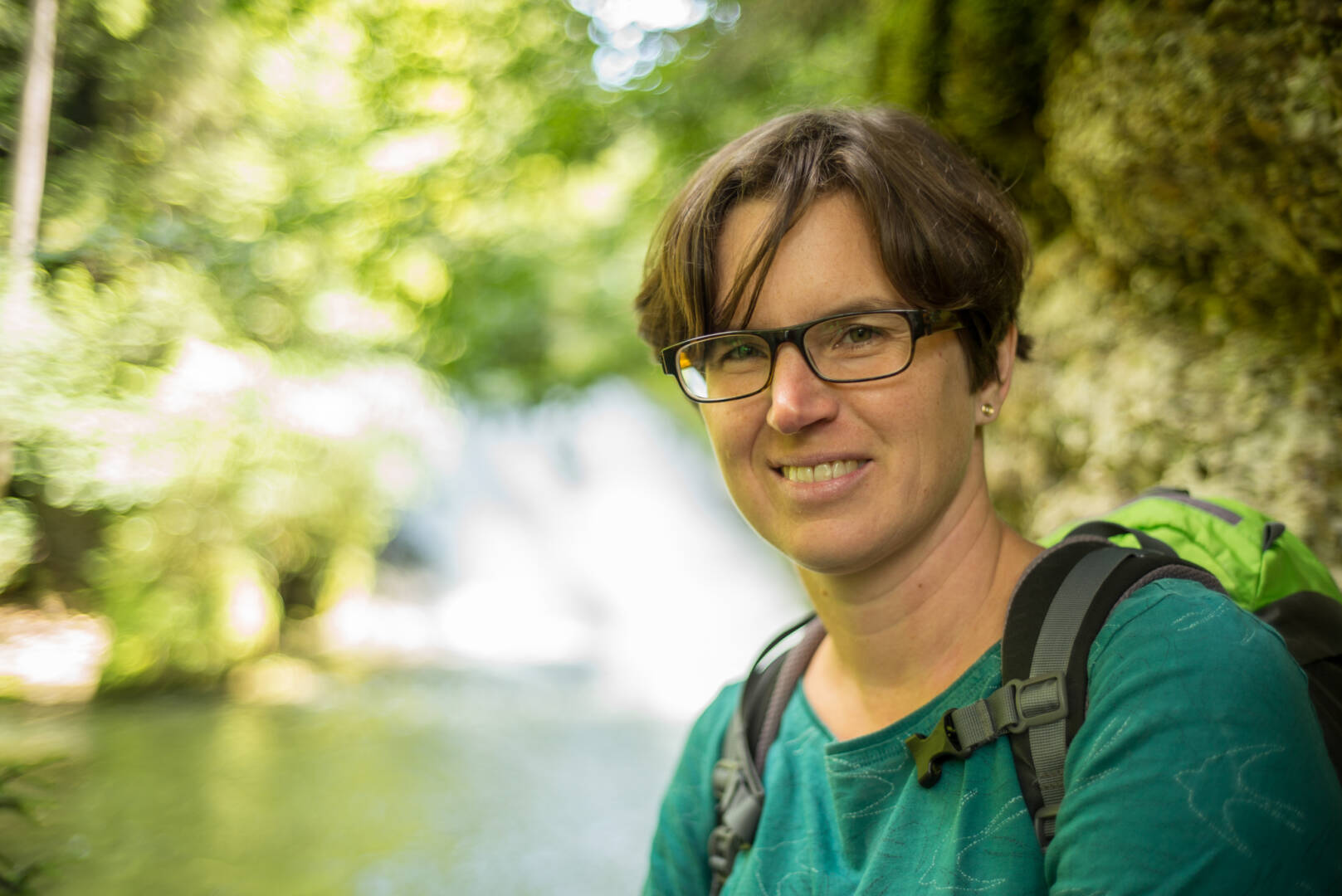
What should I know before buying? The Nokton comes without a lens hood, and the one from Voigtländer (LH-6) is expensive. You might consider buying it nevertheless. On Voigtländer and Zeiss lenses, the bayonet mount is in bright chrome and can create unwanted reflections. The original lens hood covers this annoyingly shiny element. You will need exotic 43 mm filters that, depending on the rest of your outfit, might be of no use for any other lens. There is an older version of this lens, which looks pretty much the same, so watch out for the “II” in Roman numerals after the 35mm F1.4 on the front ring. This lens is also available in a single-coated version that is marketed as even more “classic”. I would definitely go for superior optical performance. You can always take something away in post-processing while adding quality is difficult to impossible.
What are the alternatives? Zeiss has the Distagon 35/1.4 for M mount in its line-up. This is a thoroughly modern, much larger and much more expensive lens. It has aspherical lenses, a floating element and all other boxes you could think of ticking. So, the Distagon seems profoundly different from the Nokton in terms of construction, ergonomics, rendering, and general image outcome. I have not yet had the chance to use it extensively, so I cannot give advice on choosing between these two fast 35s. Voigtländer also offers a 35/1.2 Nokton that is now in version III. If you opt for this one, you pay roughly double the price and have to carry almost double the weight. If you think of working with a fast 35 as your only lens and if you are ready to invest for decades to come, you might want to consider the current 35 Summilux, which is simply outstanding.
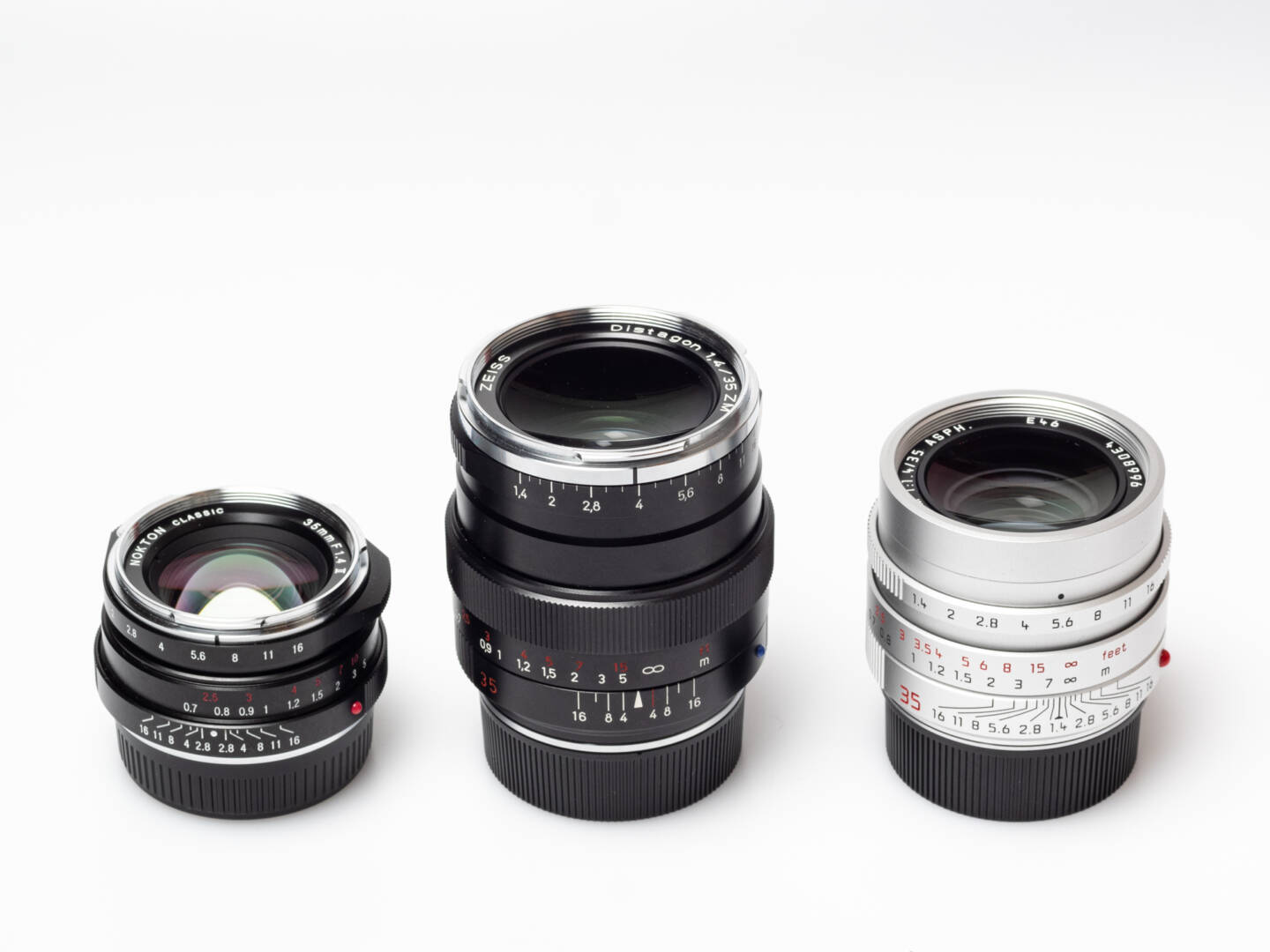
Recommendable M-Mount lenses, number 1: Zeiss Planar ZM 50/2

What makes this lens recommendable? Despite my verdict that 35 is the most versatile focal length in rangefinder photography, a good “nifty fifty” is an equally sensible choice. The narrower angle of view forces you to compose your image more consciously, and you can play more creatively with depth of field. The Planar 50/2 convinces with pure image quality. Sharpness, contrast and flatness of field are just excellent, and stray light is no issue. This lens is a joy to use, and it will perform very well both on film and sensor. For landscape and architecture, it is close to perfect and even more so given the moderate price.
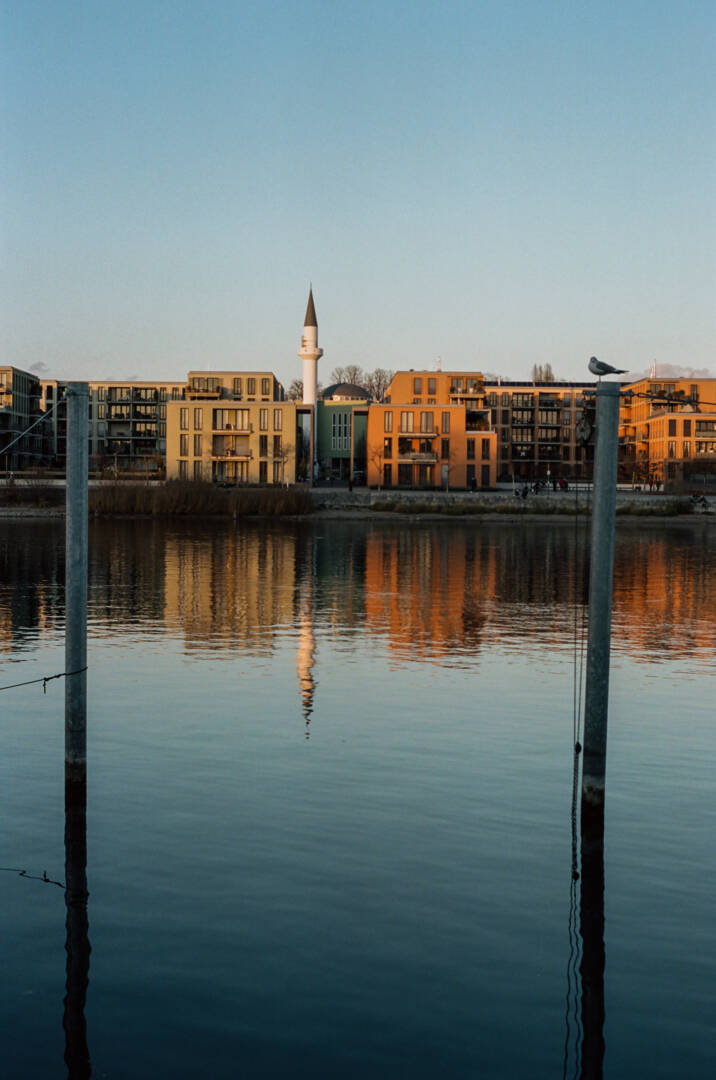
What are the weak points? Extremely high contrast over the whole image implies that objects off your focal plane are rendered in a somewhat harsh way. There are certainly 50s with better bokeh, so the Planar may not be the ideal portrait lens. In very challenging situations, you will have some chromatic aberration. As with all Zeiss ZM lenses, the front caps are really bad – hard to put on and, nevertheless, easy to lose.
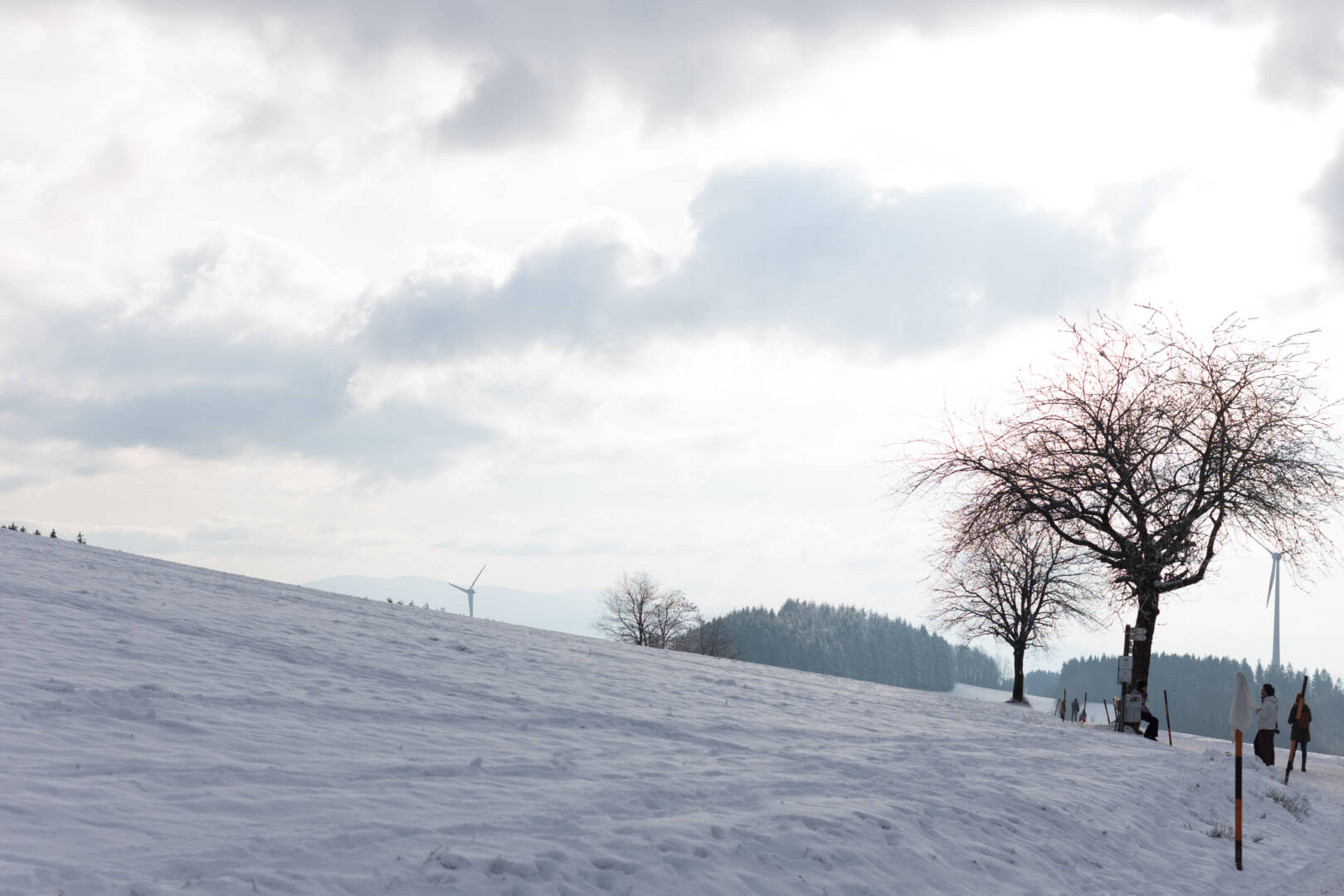
What should I know before buying? The Planar is one more lens from the Cosina factory that needs rather unusual 43 mm filters, and again, the bayonet mount hood must be bought separately. A screw-in-model from a third party manufacturer might be a good and far cheaper alternative. Look out for mechanical issues concerning the focussing ring when buying this lens second hand. As with all ZM lenses, I would recommend the silver version because the markings are easier to read. But, all in all, the Planar 50/2 is a no-brainer if you are looking for an affordable standard lens that also sets standards in value for money.
What are the alternatives? Of course, everyone will think of the Leica Summicron when talking of a 50/2. There are several generations of this lens, but any of them might cost more, even if worn-out and decades-old, than the Zeiss Planar brand new. The Konica M-Hexanon 50/2 appears to me to be mechanically as good as the Planar and optically not much behind. As an alternative to the Planar, Zeiss’s Sonnar 50/1.5 comes to mind. It costs one-third more than the Planar, and it is said to have excellent bokeh but some focus-shift issues. Voigtländer also offers a 50/1.5 in several versions at a price point comparable to the Planar. Voigtländer’s Apo-Lanthar 50/2 might be a game-changer when it comes to value for money in a lens. I hope I can use this one quite soon, probably side-by-side with the new Apo-Lanthar 35/2.
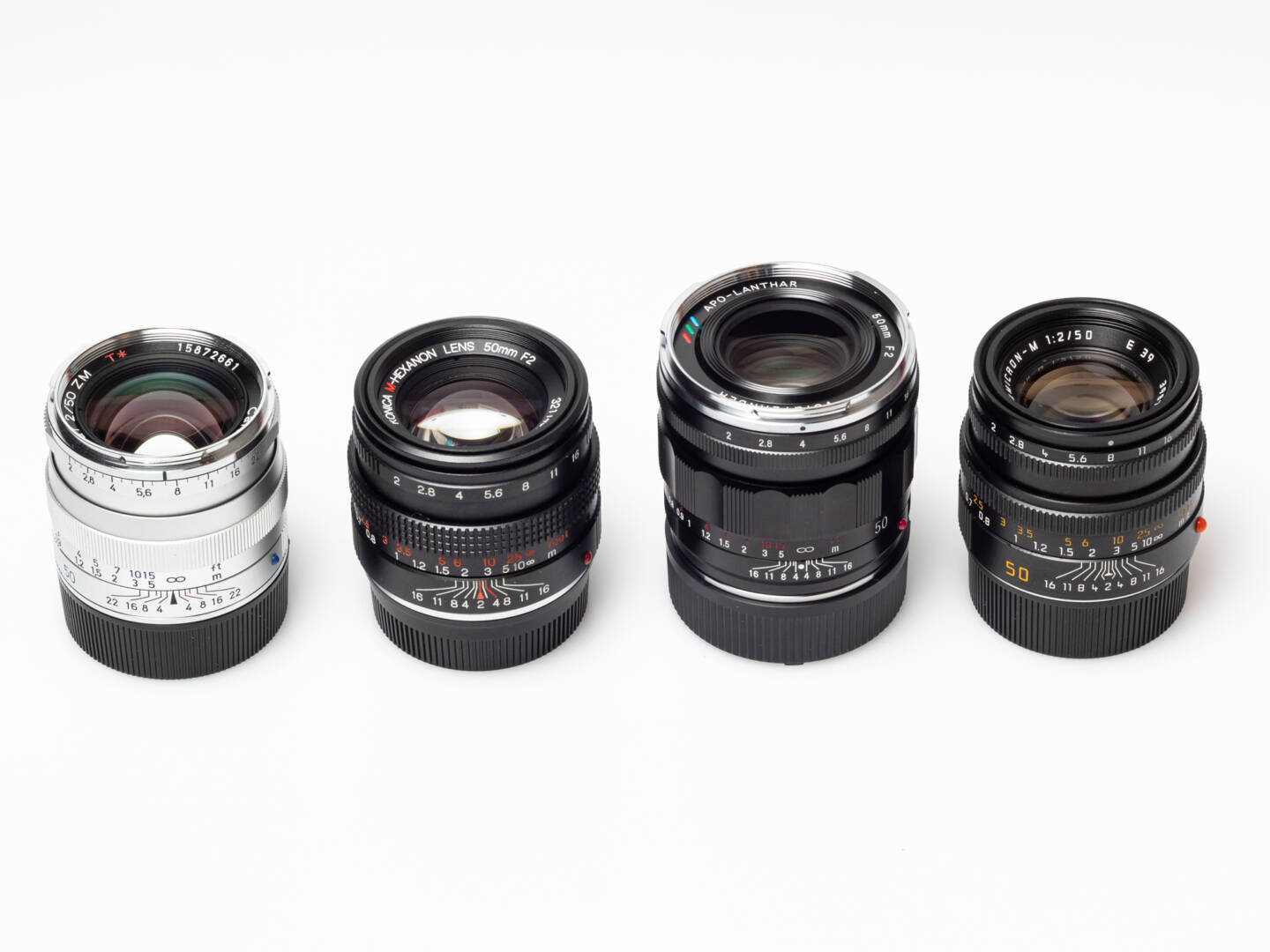
But what about…?
How dare you? – This is what some of you might think now. No 40 mm lens in the top five. No telephoto lens at all. And where is the latest version of the Voigtländer 15/4.5, the tiny Zeiss ZM 21/4.5?, the (in)famous Zeiss C-Sonnar 50/1.5? All these and many more are certainly very interesting lenses. I am in no way claiming to have the ultimate wisdom. There are still many lenses with the M bayonet out there that I never tried so far but which I really would like to use one day.
Leica alternatives: Wetzlar has also recommendable M-Mount lenses
Just to recap, the idea of The M Files is to cover lenses and cameras that have an M mount but that do expressly not belong to Leica’s own M system. I have learned (and, probably, so have you) that If you are looking for interesting lenses, third-party products are worth consideration. But, of course, Leica lenses from whatever vintage might also be an attractive option. Some of them have long since been fetching collectors’ prices, while others are still available for reasonable sums. At any rate, the list of recommendable M-Mount lenses from Leica is long.
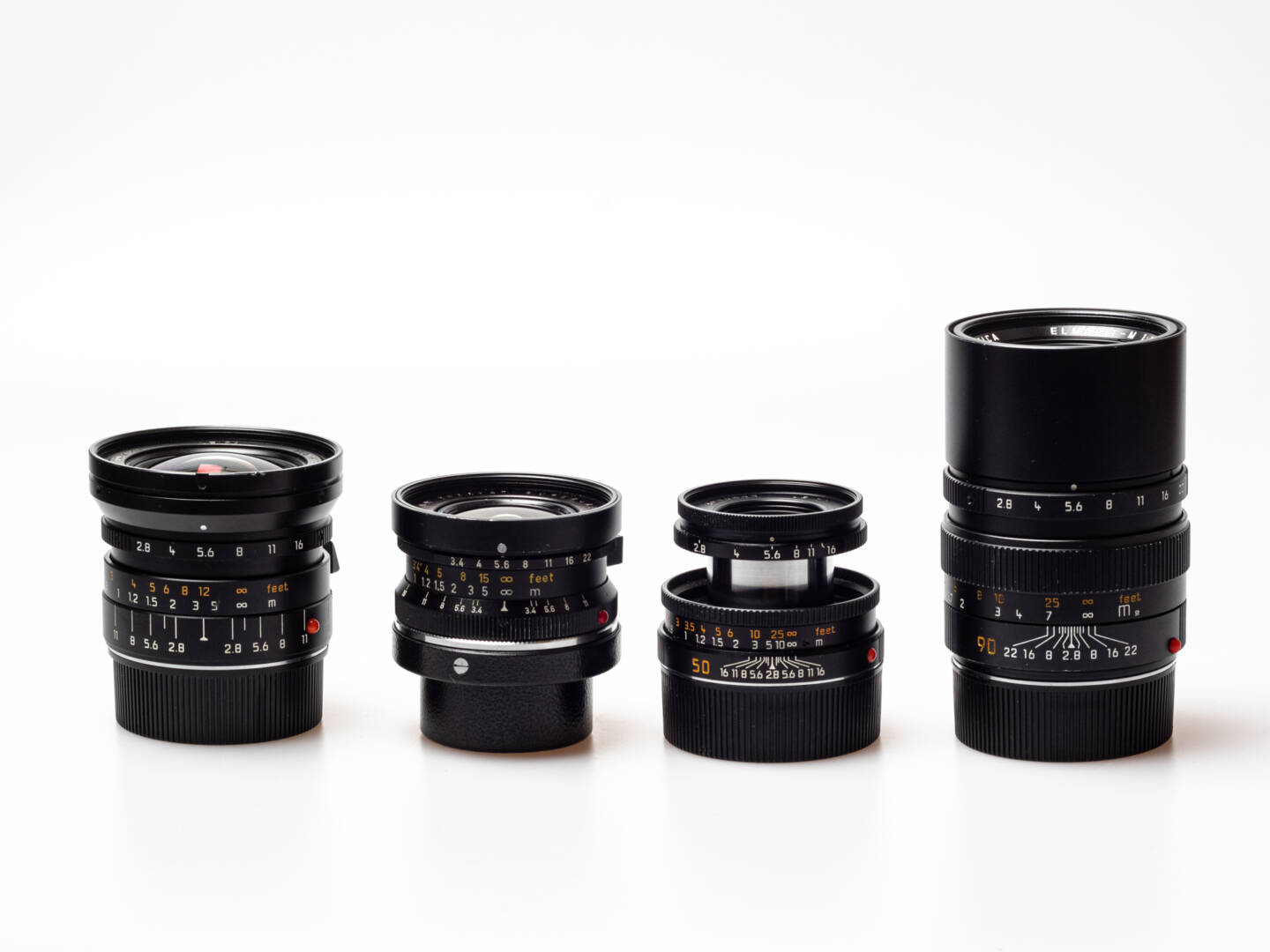
Some last thoughts about 21 mm lenses since none of them made it into my top five recommendation list. Twenty-one is an excellent focal length, and I was able to shoot quite a few 21s, partly thanks to the help of David Babsky. I shared some of my experience in the episode about the CLE. Of the non-Leica-lenses, I would most recommend the fast Zeiss Biogon 21/2.8 for its usability both on digital and film cameras. If you are shooting mainly on film and searching for a super-compact and very affordable lens, take the tiny Voigtländer 21/4.

As I mentioned above, I am no big fan of telephoto lenses on rangefinder cameras. You are caught in the systemic trap of getting least focusing accuracy when you need it most. Rangefinder photography is, for me, wide-angle photography. And I seem to be not alone with that, just look at the current line-ups of the manufacturers including Leica. But if I were to recommend one of the longer lenses I used, it would be the Zeiss Tele-Tessar 85/4. It gives you excellent imagery. Value for money wise, there’s a good case for the M-Rokkor 90 with its (compared to the Leitz Elmar-C) uncomplicated 40.5 mm filter and lens hood thread. This is certainly one of the cheapest recommendable M-Mount lenses.
So many recommendable M-Mount lenses – isn’t it wonderful?
All in all, these are just my thoughts based on the experience that I have worked quite hard to acquire. But this knowledge is neither all-encompassing nor faultless. It is quite possible that many readers will come to a different conclusion. I look forward to receiving comments – just let us know which of the lenses you would recommend or if you have other insider tips. After all, I don’t make any rules and don’t do the thinking for anyone. Fortunately, everyone can decide for themselves. In any case, there are many options for recommendable M-Mount lenses.
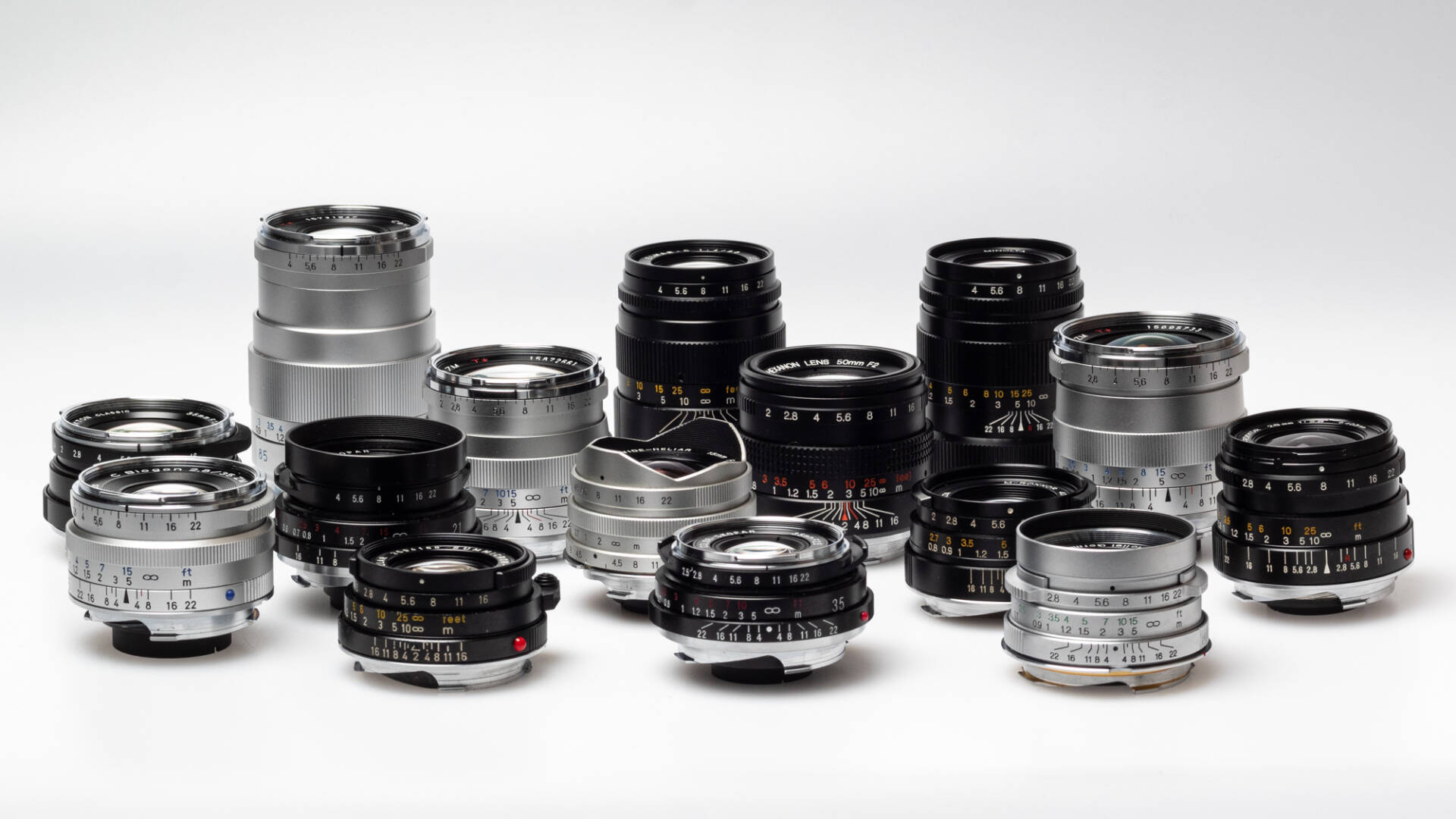
The M Files: Get in-depth knowledge of M-Mount lenses, cameras and suitable accessories
The M Files is an ongoing project on Macfilos that focuses on photographic equipment with or for Leica M-Mount, made by companies other than Leica or which are otherwise not part of Leica’s M system. It follows a more or less encyclopaedic approach without being scientific. The focus is always on the real-life use and useability of cameras, lenses and other items. Products covered by The M Files include cameras, lenses, viewfinders, light meters and more. Some of the brands in the growing list are Contax, Konica, Minolta, Rollei, Voigtländer and Zeiss.
Die M-Files: M-Mount-Objektive, -Kameras und passendes Zubehör jenseits von Leica M
Die M-Files sind ein Langzeit-Projekt, das sich auf Foto-Ausrüstungsteile mit oder für Leica M-Bajonett konzentriert, die von anderen Firmen als Leica hergestellt wurden oder die nicht zum M-System von Leica gehören. Es verfolgt einen mehr oder weniger enzyklopädischen Ansatz, ohne wissenschaftlich zu sein. Der Schwerpunkt liegt immer auf der praktischen Nutzung von Kameras, Objektiven und anderen Produkten. Zu den in den M-Files besprochenen Produkten gehören Kameras, Objektive, Sucher, Belichtungsmesser und mehr. Einige der Marken auf der wachsenden Liste sind Contax, Konica, Minolta, Rollei, Voigtländer und Zeiss. In deutscher Sprache erscheinen die Inhalte auf www.messsucherwelt.com.
Read more from the author
Want to contribute an article to Macfilos? It’s easy. Just click the “Write for Us” button. We’ll help with the writing and guide you through the process.

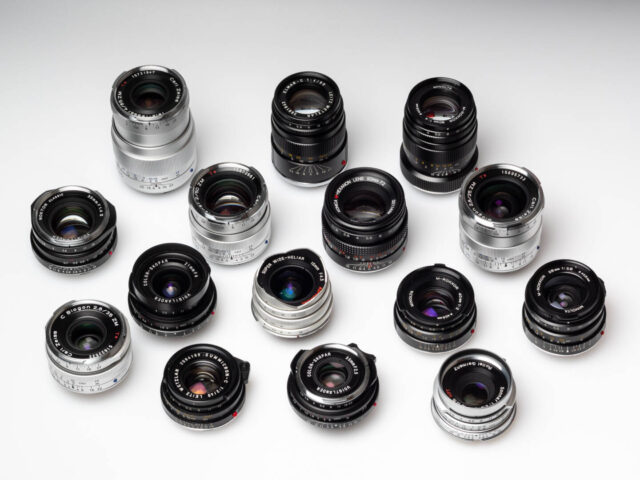




very god, my experienxe:
21/2.3 per angulon- f buying ued, chrvk for rttl, when haken. )leiz fixed mine, bu co cmmen from hem.$vgneing uing i n film M2/M4-2/M6 if laer producion, ha pexial noch for ue on M5.
for me,24 imre ueful neare focal lengh
28/2,8 M.rokkor; made for xompax e-zp n my M6. raher like a Leica Q univeral idea – crop,crop.crop – the len i harp enough. colour balance perhap xooler han leica’ own norm. fr i lenses.
35/f2 Ummmicron. my cadanian 6.element verion was very nice, no prob.
50/f2 Unnixron. – caw A -canadian 5.eemen, uffered balam failure….groan. 70′ producion, Leiz were low o mve o ynhetic bonding in cmponent. (.plenx of ree ap in canda?) cae B: dealer go A. back, p-exed for older rigid 7-element wezlar – rare black paint, fr pro model….highes resolving prime len I’ve owned.
50/f2.4 unnilux, ribbed focusing ring wezlar. ju wonderful.period.
50/f3.8elmar. leiz’d ake on the famous essar riplet formula. mine had beauiful bokeh.on film.voollapible (no fr M5) CCURAE DOF scales – great arer lens. no achikke heel.
89/f4 rigid weltzar 4 ekwnebr elmar. my 2nd lens aquisition. learning coompoition skills.
60&f2,8 telemarit-wetzlar, black. exra 1stop faster very useful, still compact, still e39 filter fit.
cmmen; apar from .angulon, all lenes were ptr-owned.
before zhe iner.web, gaving a helpfil nearby dealer, made this more vpnvenient – in checking the item
ehile collecible, gor actul phoography, I zjink ome of he fry old lene, like me ummarmhekors best avoided, when emped o ur on an M wih LMATOM adapter – mouldfungud, blam eparain too common to risk.
is aok.
50
orry abooorry BOUT TYPO IN IRIFINAL PO – 5 element— hould read6 element tele-elmarit.
additonal
as a35 year leica user…come digital and ill health, now use Sony FF Alpha 7 gear, with adapted Ziess f zoom lenses . – imo, Son< A7 gear is, for the 21st century, nearest equivalent to Leica M launch in 20th – ground.breaking, innovative. but think Zirss nd Leica still make he best glass.
I do wonder if he mkII version of he Techart AF adapter Leica M to Sony E-mount (I think), is now improved,sorted. ? pleae po here, oot start a new thread, if you have experience of it, good or bad.
Great article! Thanks for taking the time to put it together. I didn’t know this lens existed before reading this, but I just ordered the Konica M-Hexanon Dual 21-35mm from eBay. I am mainly a 50 shooter but it will be nice having those 2 focal lengths in my bag without sacrificing much space or weight. My only current experience with Hexanon lenses is with the 50mm F1.2 but I am not sure how I feel about it. Was wondering if you have used one and if so what your opinion was. I cant seem to find many opinions online. All the best, Stefan
Thanks, Stefan,
for your comment and please excuse my late replying. I guess you will like the 21/35 – it is a perfect addition to a good 50.With these three focal lengths, you have all the creative opportunities of rangefinder photography. As to the 50/1.2 – I never used it. If I could get one at a decent price or on loan, I woould consider wrtiing a review, but it is not on top of my list.
If you want a modern and fast 50 at an attractive price point, Voigtländer might be a good address. I had their new 50/1.0 once on my camera and what I saw was in line with the very favourable reviews I read. Maybe I will have the chance to cover it next year.
All the best, Jörg-Peter
This is a wonderful article. Thank you for this journey. I know they’re not discussed much, and don’t have the same pedigree but there are some lenses from TT or 7Artisans that are really excellent. I am using TT Artisans 50mm 1.4 on my M4 and I am still shocked at the sharpness wide open, rendering, and build quality. It really feels like a $400 Summilux.
Thanks for your feedback. It was a deliberate decision to leave out the lenses from the manufacturers you are mentioning. I had to limit myself for various reasons, and I see a more independent approach in the Zeiss, Voigtländer, Minolta ans Konica lenses than in the Arisans‘ products. They appear to me more to be close imitations than unique designs in their own right (to say the least). But these may be very capable lenses, too, no doubt. Probably I will extend the M Files one day to cover that field. Best, JP
Unfortunately, I have pretty much all of the Ms, M3, M2, M4 ,M5, M4-2, M4-P, M6, M7 , M8, M9, M240 and M10 (only one missing is M6TTL) but I am jammed up with a lot of things right now. I will think about it, but I’d have to cut corners with everything that I have going on.
William
You must take an awful lot of photographs, William!
It’s a huge operation to do it to the same level as seen in JP Rau’s M Files. For starters it would mean examples of images from every camera just for illustrative purposes. Not for the faint hearted.
Great stuff. Now how about a series on LTM lenses?
Dear Arthur,
thank you very much. A series about LTM lenses from non-Leica manufacturers would be great for sure. I personally will not be able to provide it – just too big for me. If you want to do this seriously, you have to cover at least five decades and more than a dozen brands. This results in hundreds of lenses out of which you have to choose a representative sample let alone organising all these items. When I sat off on the M Files journey, it turned out to be much more work than I had ever imagined (no complaints, no regrets — don’t get me wrong). LTM would be another dimension.
But probably some else picks up the idea. Or a small team of authors?
JP
Leica Thread Mount lenses ..let’s see; Canon ‘Serenar’ etc, Nikkor, Taylor-Hobson, er, Cosina/Voigtländer, Cooke, Russar, FED, Jupiter, Industar, er, er…
But you should really include Zeiss, Schneider etc whose designs fathered Leica/Leitz designs and then there are excellent designs which are not commonly available such as Oud Delft and Topcor. The task could be endless. My own view is that testing lenses on different cameras can be difficult as while the lenses might seem to have a universal mount, when mounted on different cameras there can be unforeseen effects. This is particularly true of mounting old lenses on modern digital cameras. With film the results should be more even. There is another largely unexplored and, indeed, unexplained and unrecorded area, that of the mounts with shutters such as Compurs where lenses were interchangeable and which were common in the German camera industry during the 1920s and 30s and, indeed, in some cases into the 1950s. At the moment I have swapped out the Meyer Gorlitz lens in my father’s Super Baldina, which has already appeared twice on these pages, for a Leitz Elmar lens, which fits perfectly, and I am currently shooting a roll of film with the revised combination. Anyone who has the remotest knowledge of such lenses and the German photographic industry, a lot of which was located around Dresden in the 1930s, will know that there was a large number of manufacturers, now largely disappeared. The Compur and similar mounts were the ‘L Mounts’ of their day. Later on this was replaced by cameras with focal plane shutters and LTM mounts. Yes, the Contax mount was there also but it never achieved the same level of ubiquity. I have a large collection of everything mentioned here, except for the Contax mount, but, in truth, I’m not sure where I could find the time for this. I have a huge admiration for what Jorg-Peter has achieved with the M mount lenses. I am happy to suggest ways of restricting the tests for other lens types, but he would also then need access to the necessary cameras and lenses. I’ll leave it at that.
William
I believe that the amount of complexity, effort and cost in attempting to do a comprehensive job on LTM lenses would not be worth it. That is, unless someone is absolutely committed and already owns examples of almost everything.
I have an alternative suggestion, moving away from lenses. That is a series on M rangefinders, from the M3, though M3, M4, M6 to M7, perhaps them moving on to the digitals of the past 14 years. As a reference tool, I think this would be of far more interest. Who is going to step up and offer to do this?
Dear William, thank you so much for this advice. I think there are few people who know more about such a project if any.
In the M Files already I noticed how difficult it is to make proper comparisons. Because I was not able to use the same film type all the times, because I had my rolls processed and scanned in different labs. And it is harder to tell than most people think which effects are to be attributed to the camera/film/sensor, which to the lens/its condition/lens hood and which to user decisions /inaccuracies/errors.
As I wrote, I had set my limits and will stick to them. My resources are limited, and if I emerge in a new project, it will have to do with M mount. Early digital camera could be interesting for example (Epson, Ricoh, even the M8 and M9). A series about Leica M cameras M3 -> M10 would be easier (and would have been far easier for me than The M Files), but I have the feeling that there exists enough of this already.
We’ll see…
JP
OMG…what a labor of love…this whole series has been an education in itself! I am always surprised and gobsmacked with what anyone can learn here from u, mr Fagan, Jono Mike and all the other contributors on M or the other cameras. Thanks to all it is a real and rare treat to be even part of the peanut gallery.
It is very difficult to compare lenses objectively as subjective factors often intervene. Of the lenses you have listed, I have the Voigtlander 21mm f4, the Zeiss 25mm f2.8 and the Leitz 40mm f 2 and they are all excellent. I would really be unable to rank them. My 3 favourite M mount lenses are the 50mm Summilux, the 35mm Summicron and the 24mm Elmar, but it really is only a question of degree as all of those lenses and many more from Leitz, Zeiss and Voigtlander are truly outstanding. We are lucky to have so many choices.
William
Dear William,
I fully agree. I would never claim that, say, the Zeiss Planar 50/2 is “better” than the Minolta M-Rokkor 28/2.8. But I am pretty sure which of the two lenses I would generally recommend to a wider audience. In this case the Planar because it is less complicated to acquire and easier to use, and you take a smaller risk. So please do read the list as not-to-be-taken-too-serious choice of five lenses that I find just very useful.
At the end of the day, it is all about using your gear and creating something. The parameters of this process will also define the tools you want to use. For use with a black-and-white film, I would use the Voigtländer 21/4 without hesitation.
“We are lucky to have so many choices”: I could not agree more and would only like to add “without having to break the bank”.
JP
JP
Thanks Jörg- Peter for a wonderful conclusion to a brilliant series.
I only experienced Leica lenses on my now gone M8 . The no longer produced elmar 24mm was stellar on the M8, with a similar 32 mm FOV of the Leica mini 3. I did own 2 elmarit 28mm and loved the first asph version on the M8.
I’ve never tried ZM lenses but if the optical formulae are similar to the ones of the 4 Zeiss Contax lenses (biogon 21 & 28 + planar 35 & 45) they were a match in heaven on the Contax G1 series, a camera I’ve used a lot (but no longer own) before going digital.
Jean
You’re welcome, Jean.
I do not know how similar the recent ZM lenses are to the Contax G lenses but they were designed with this legacy in mind for sure. What a pity that you have no longer your Contax kit. I would love to read something about it from a competent and long-time user.
JP